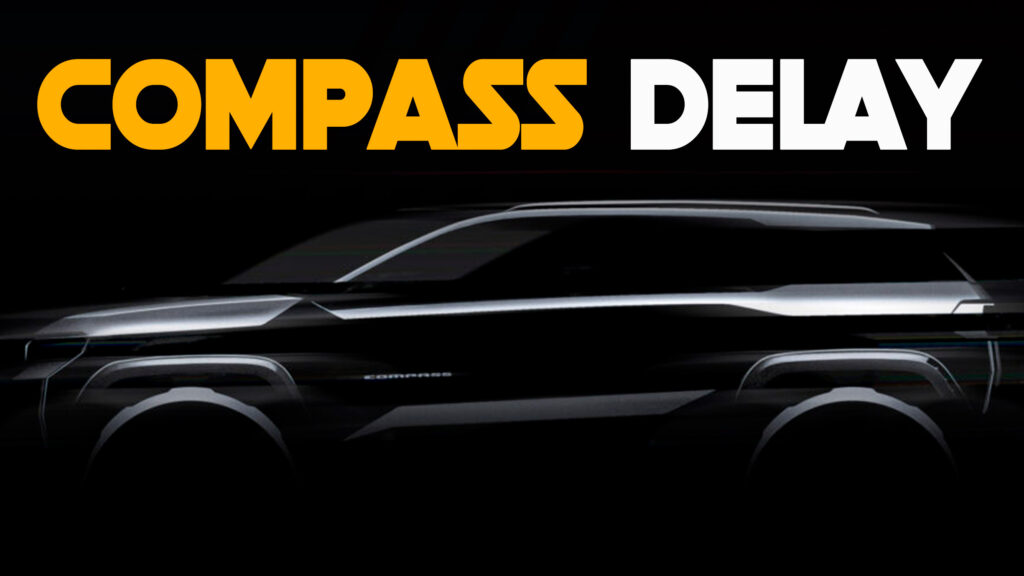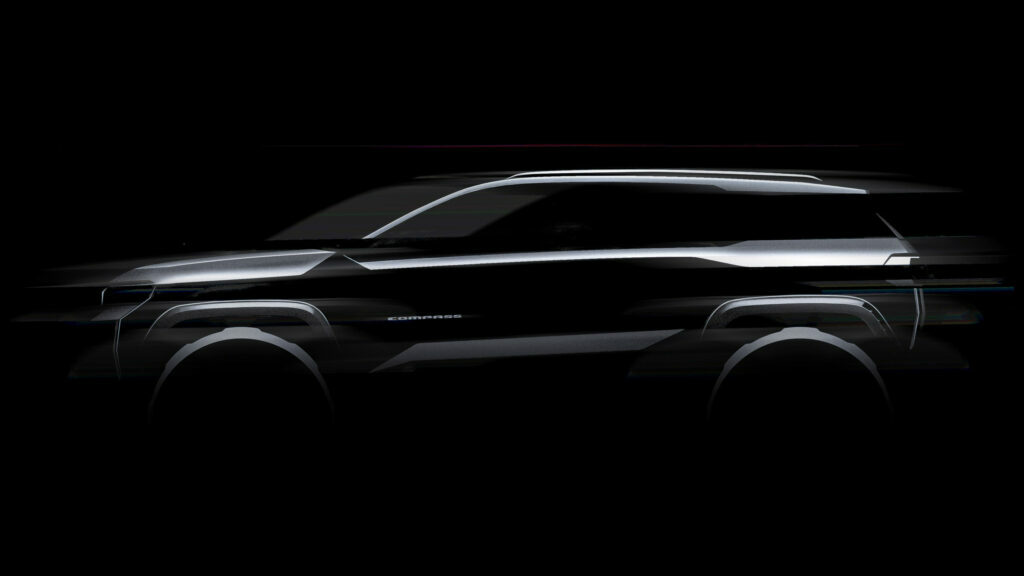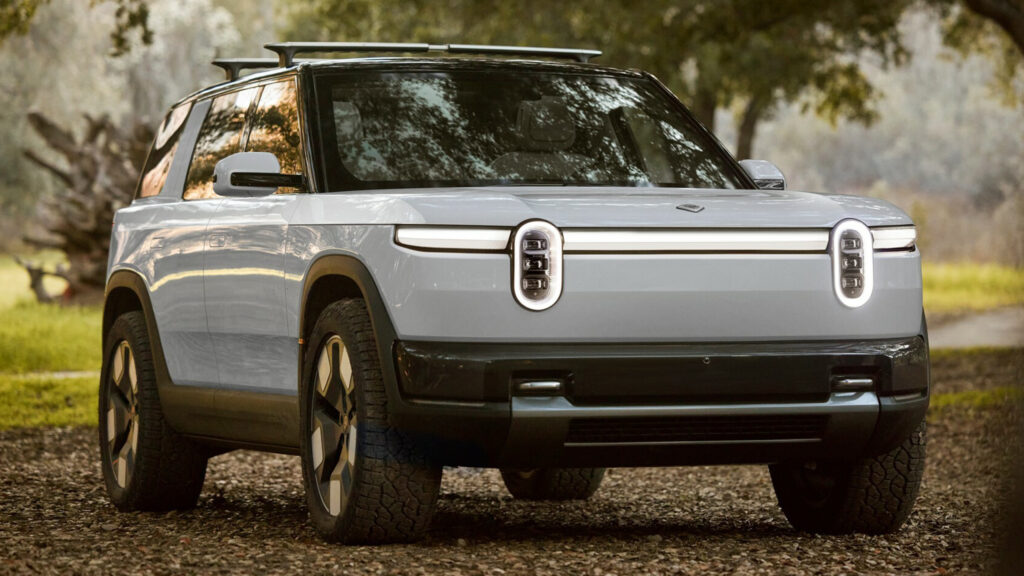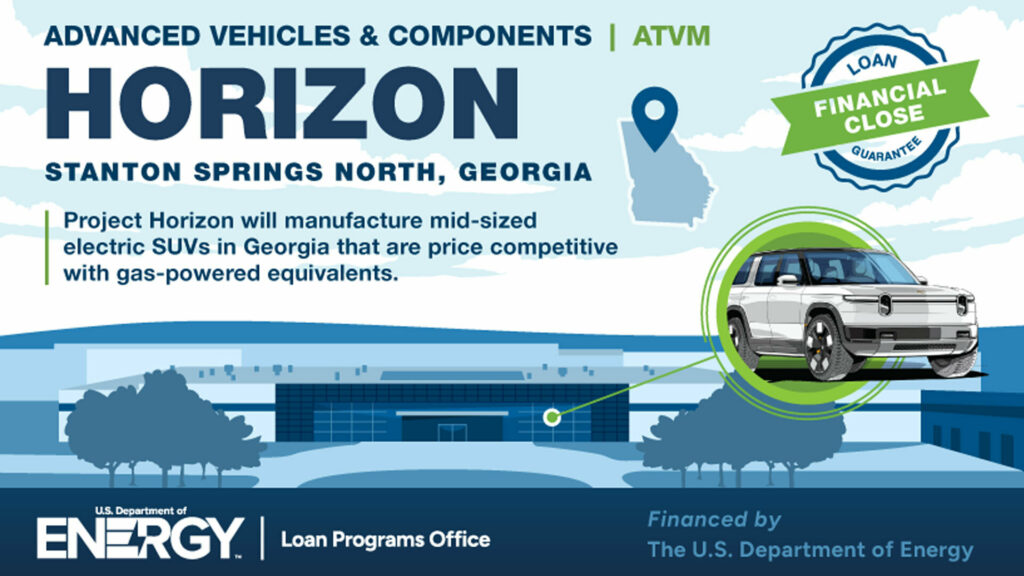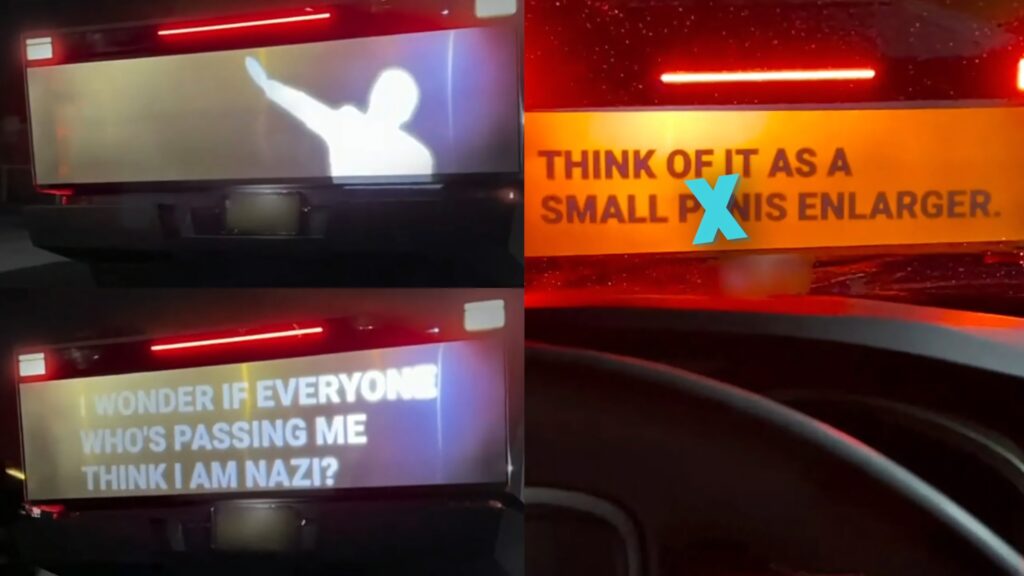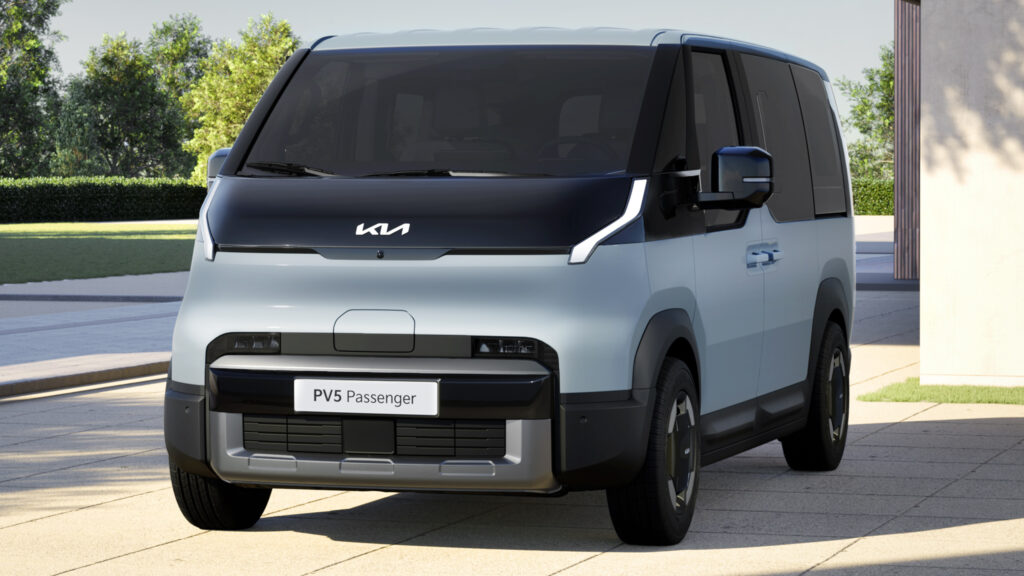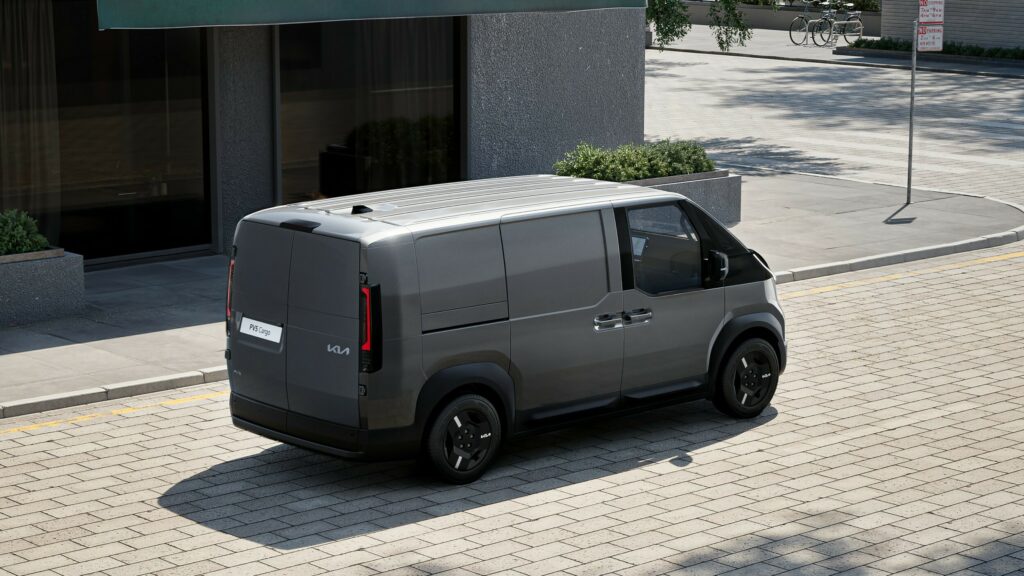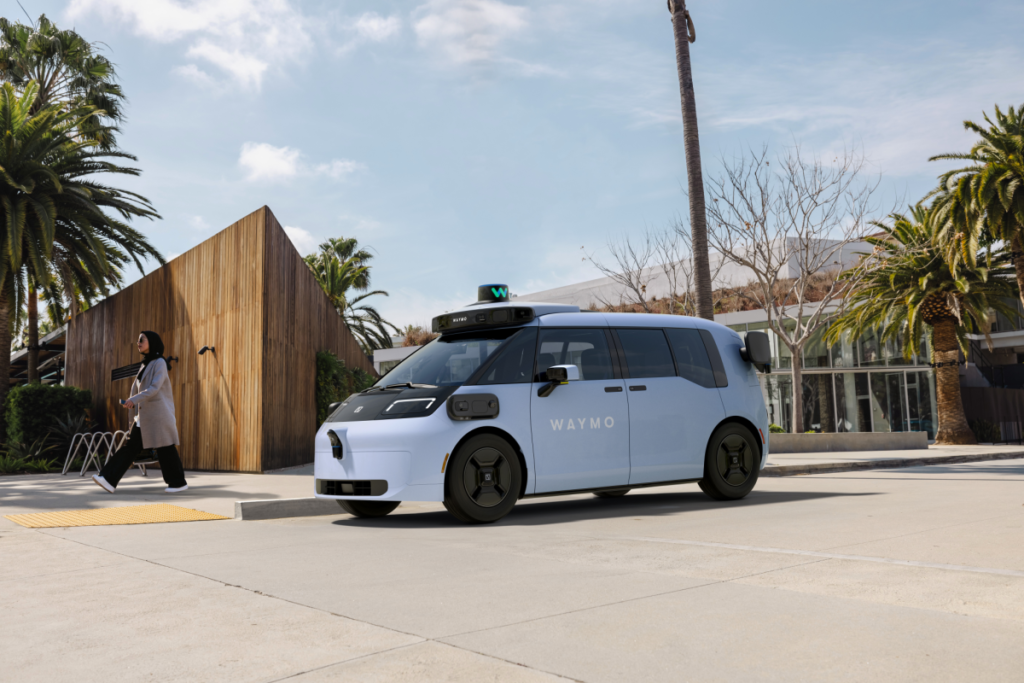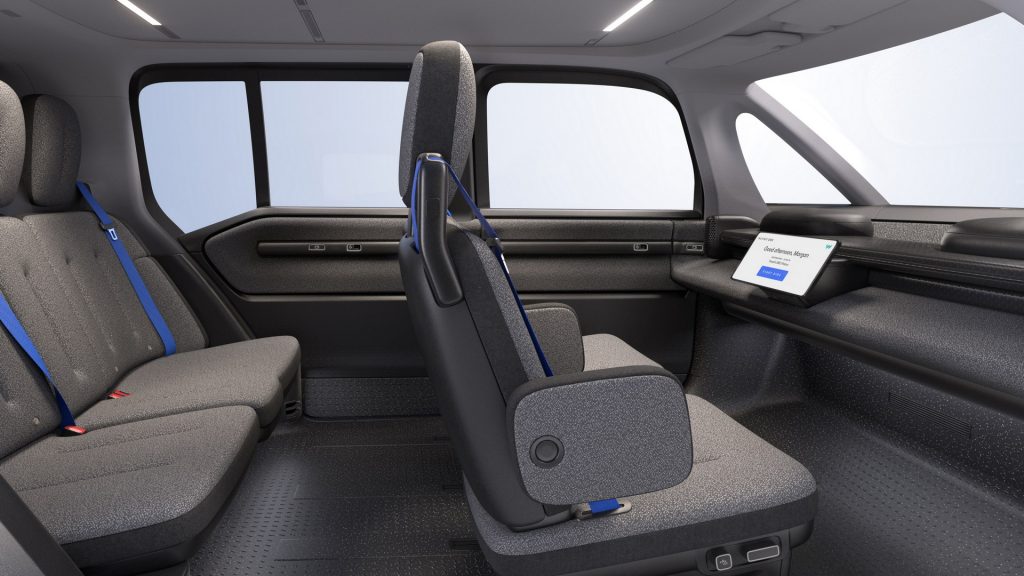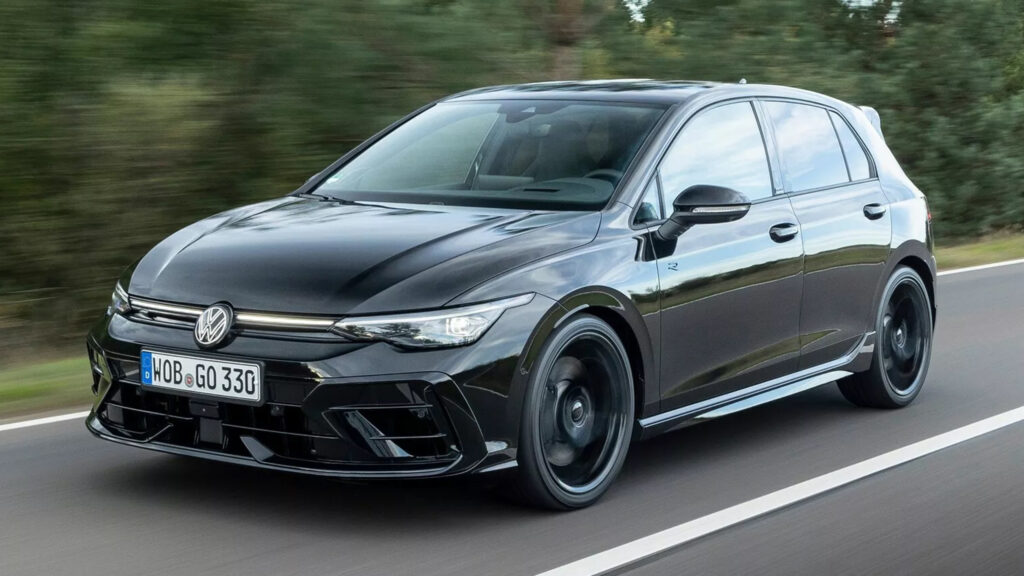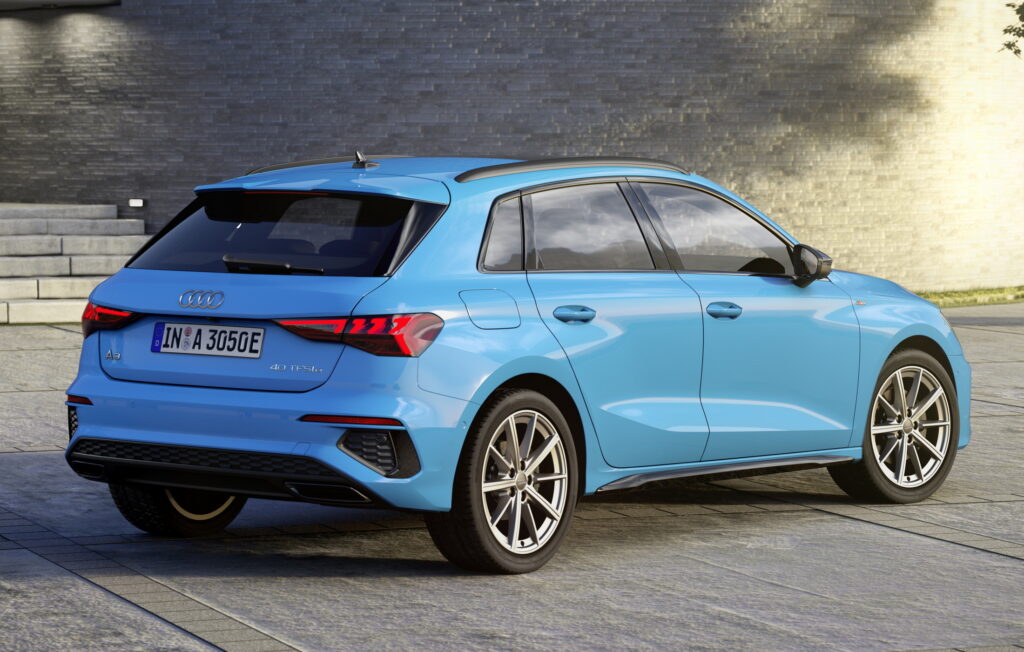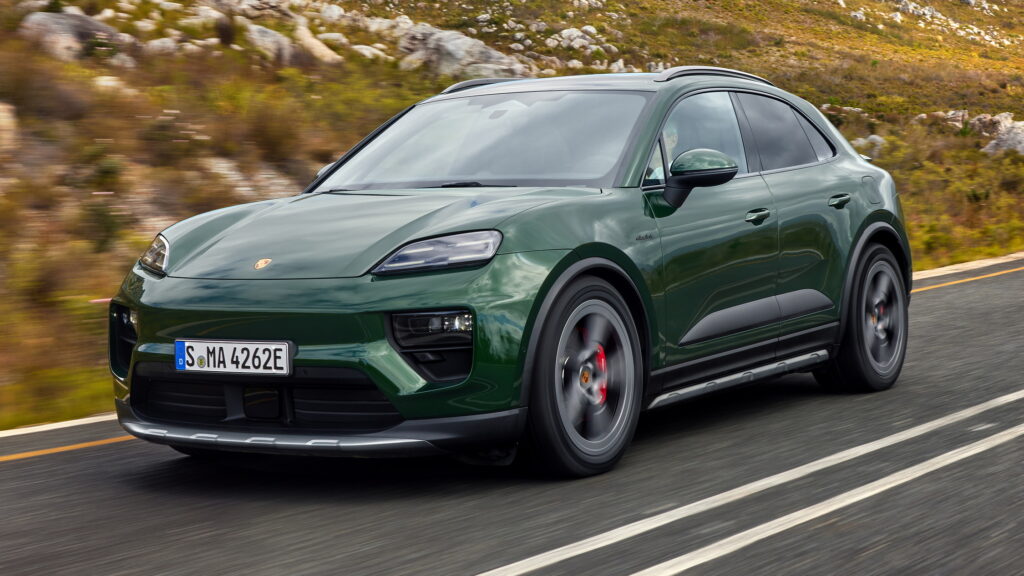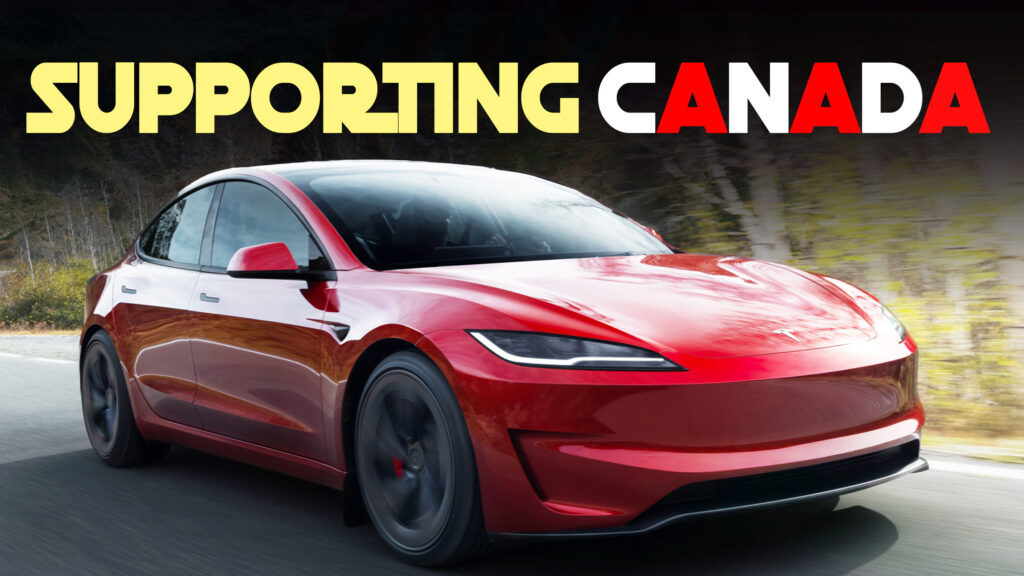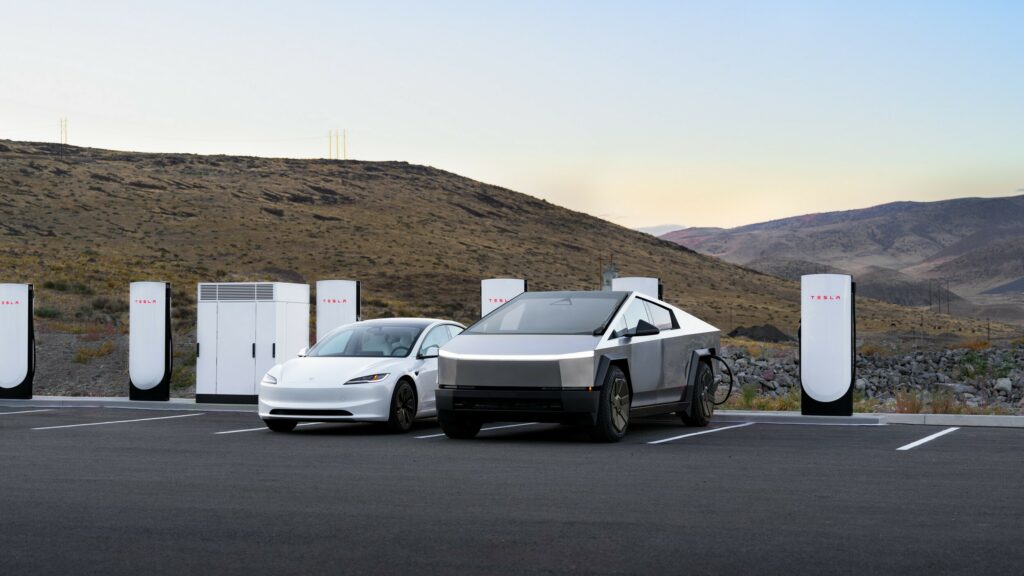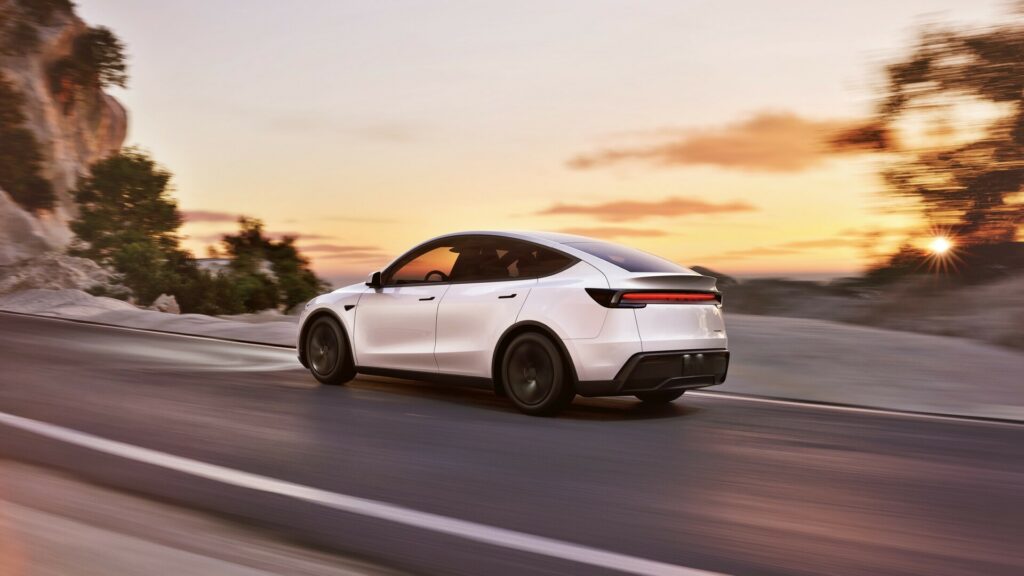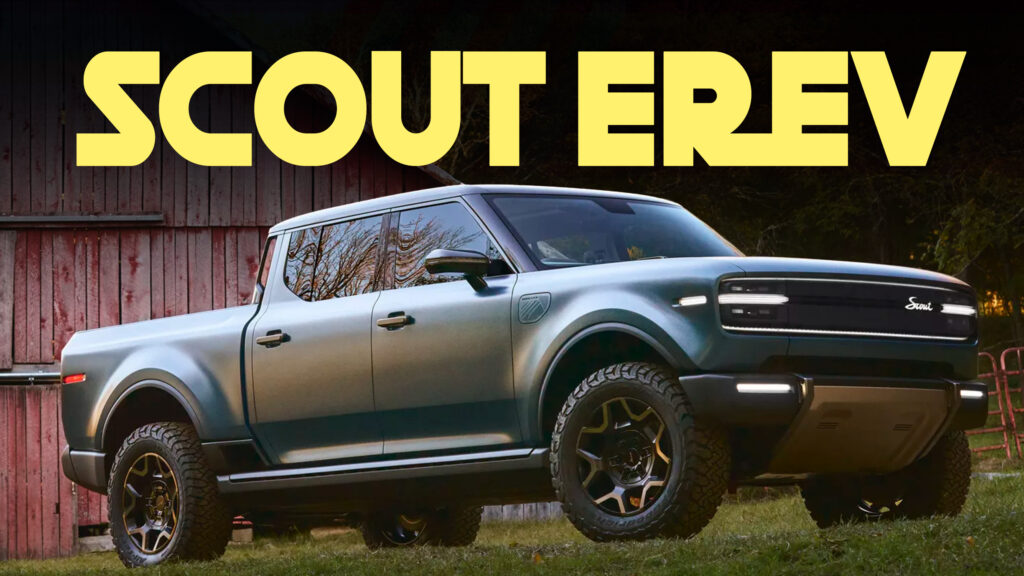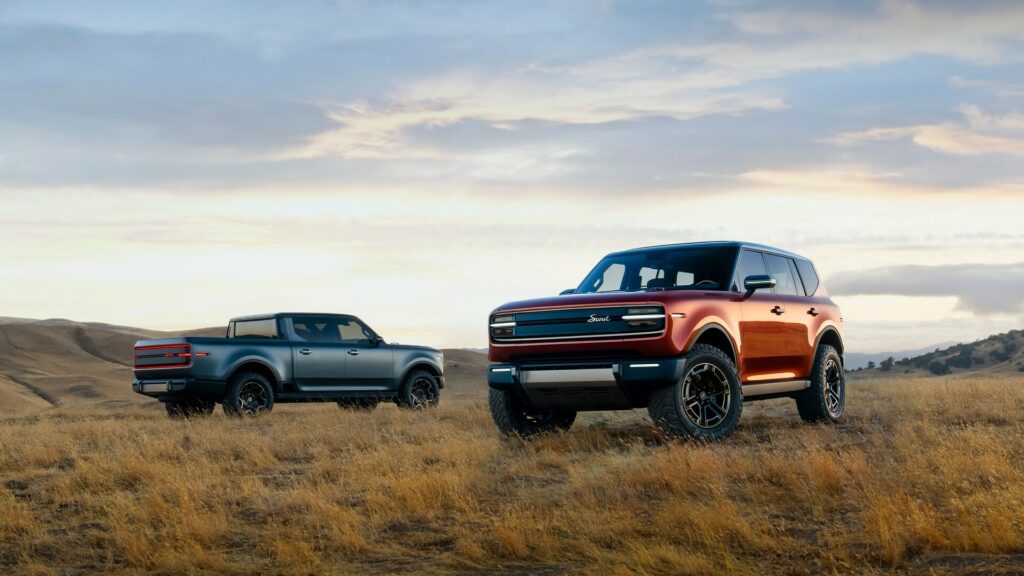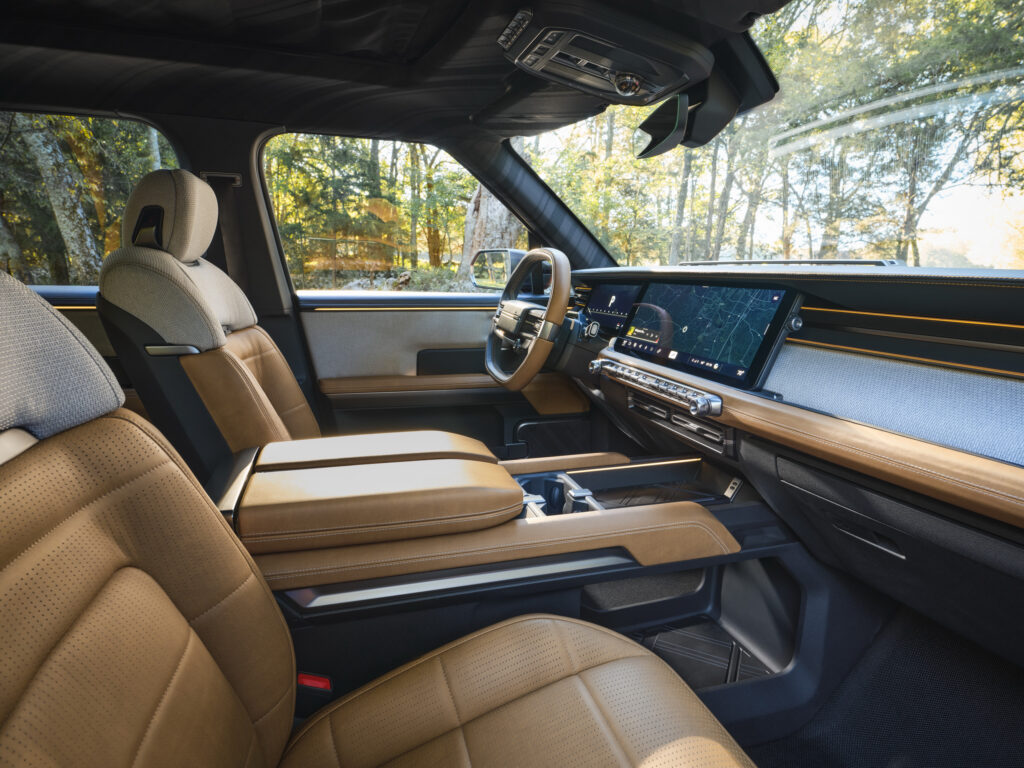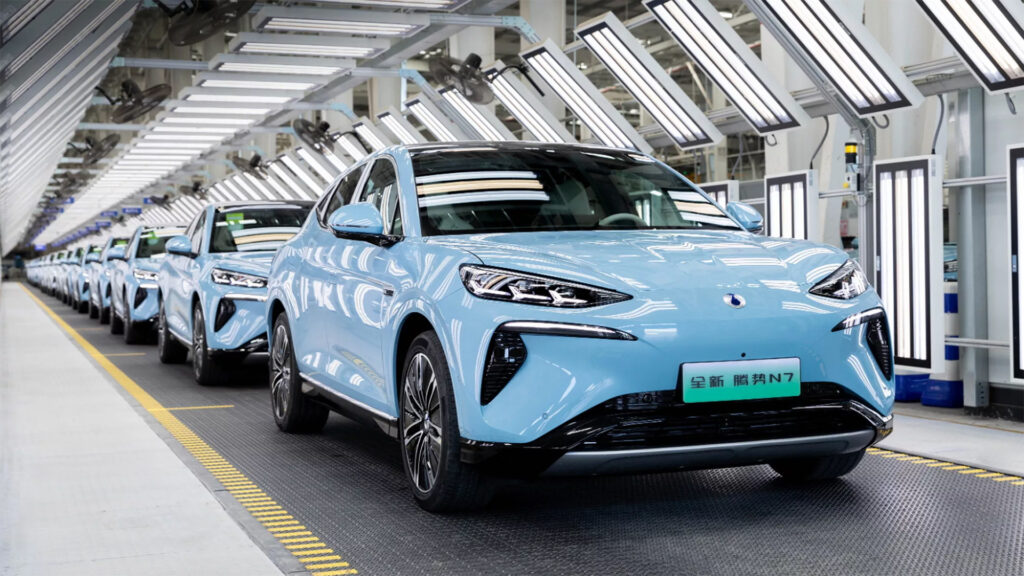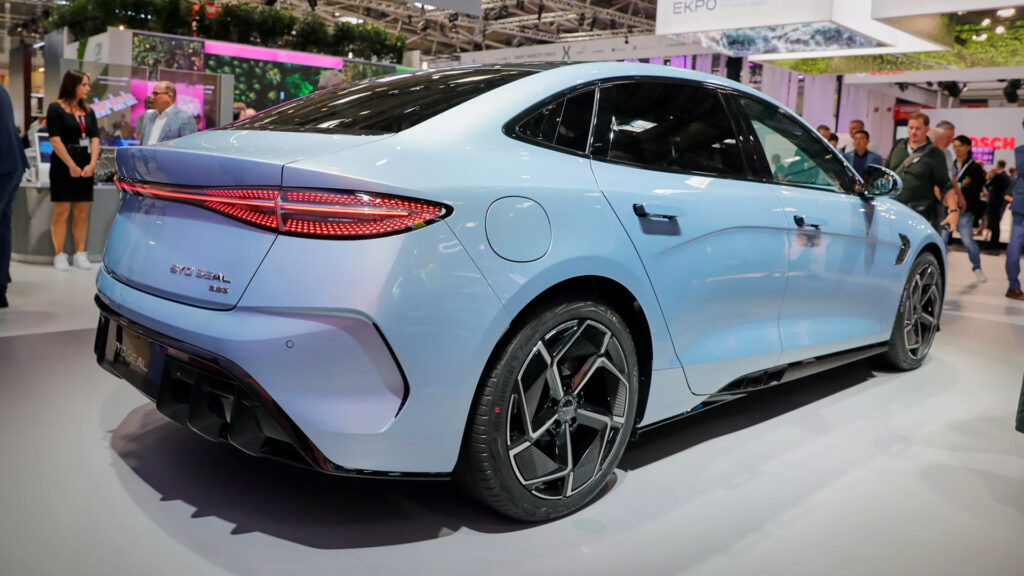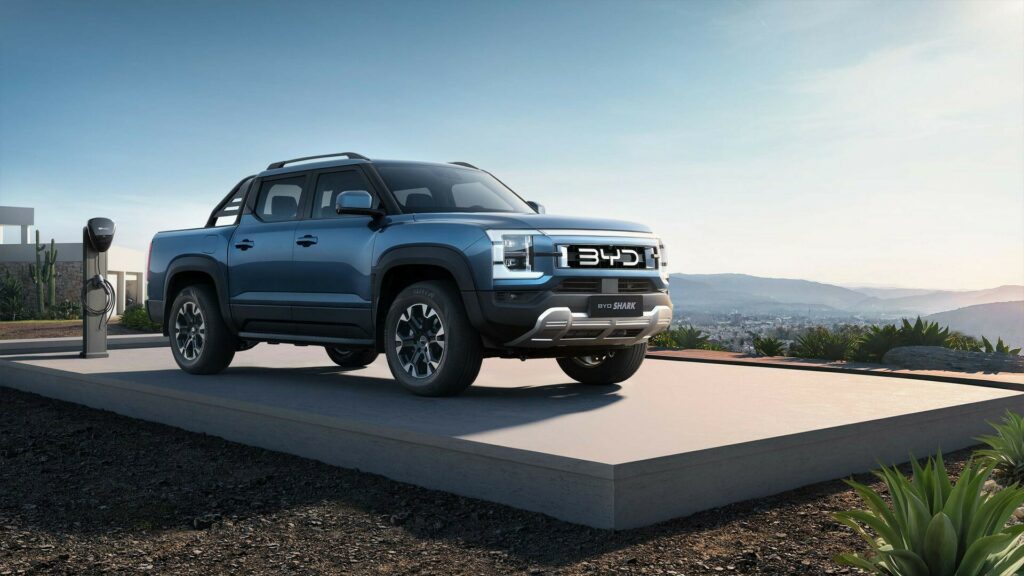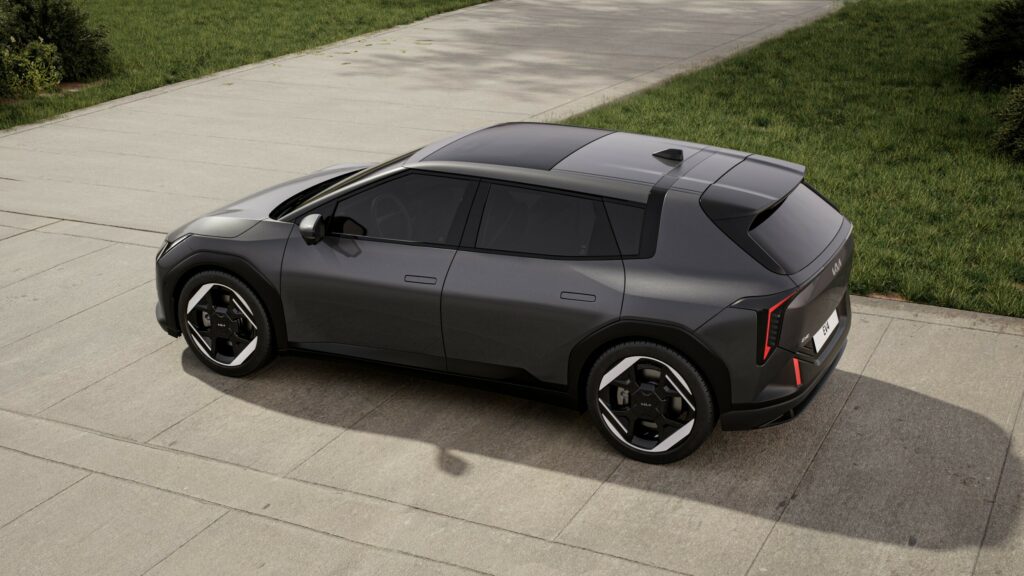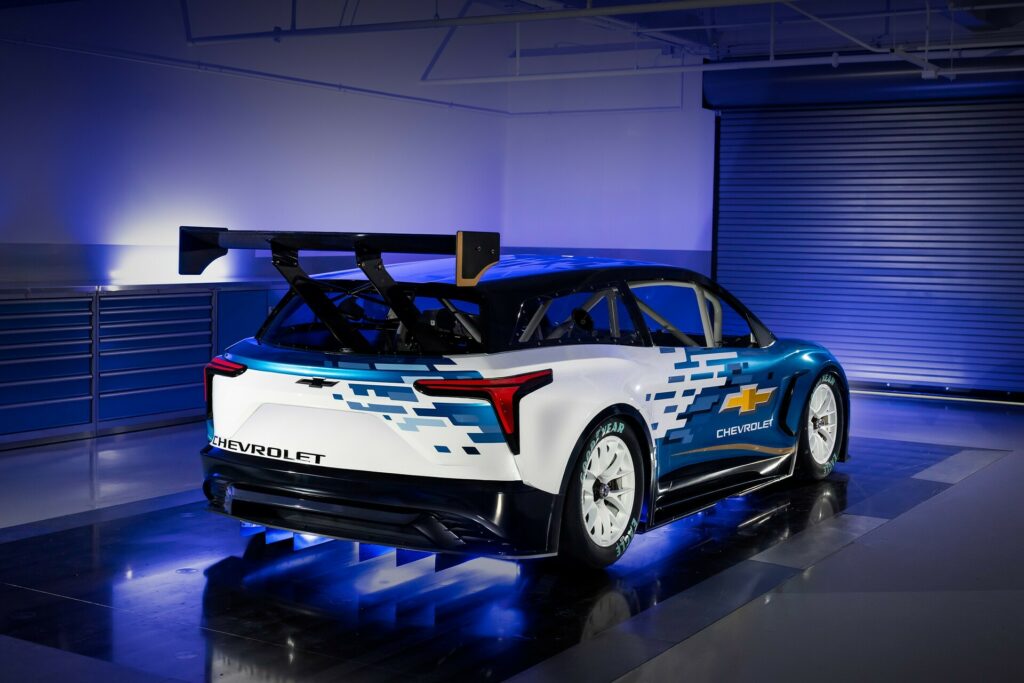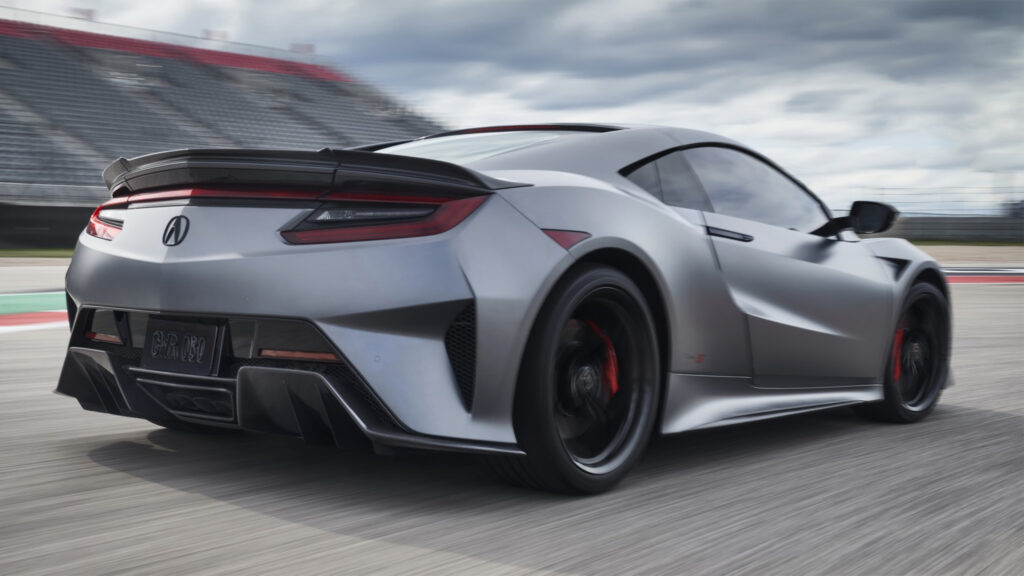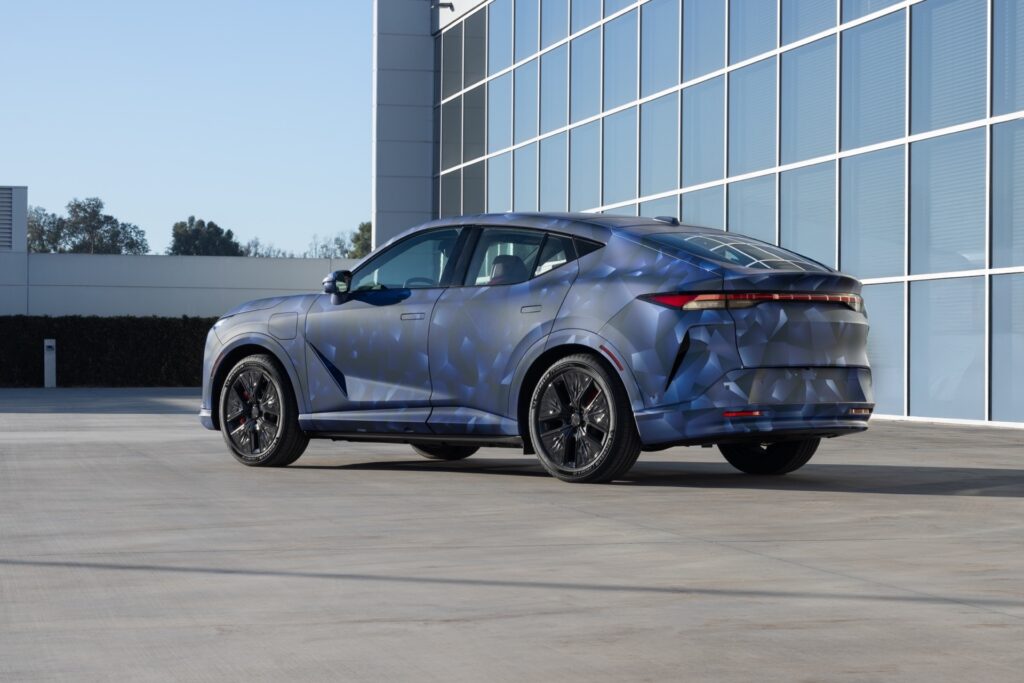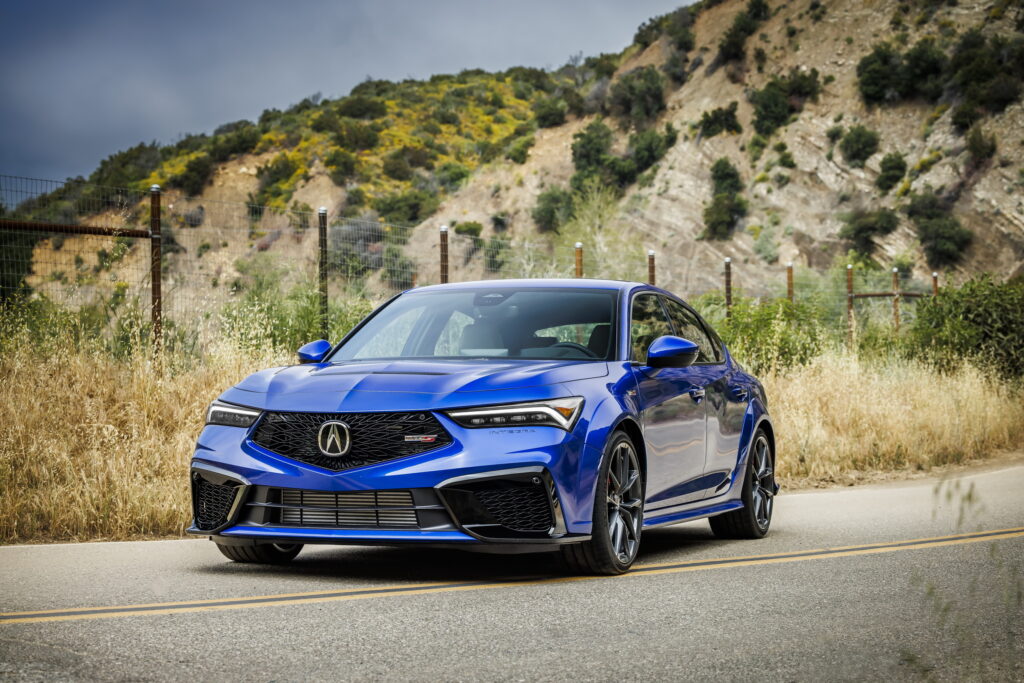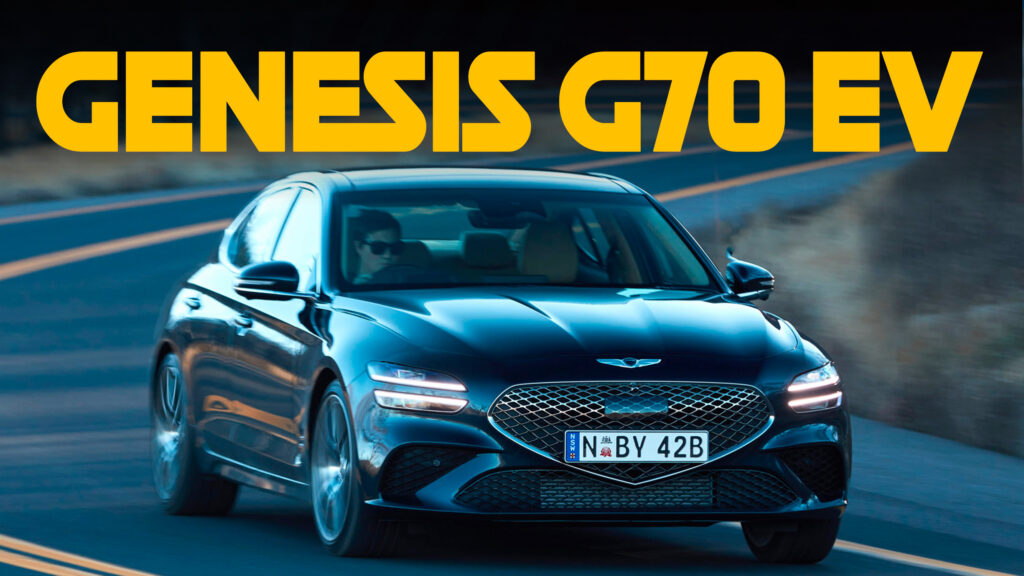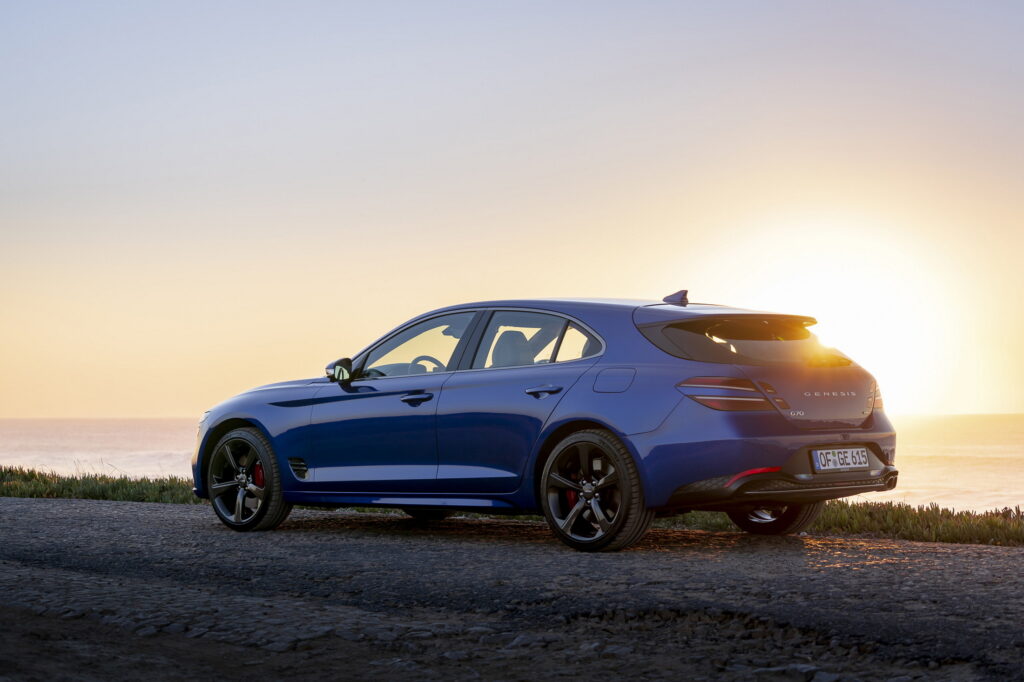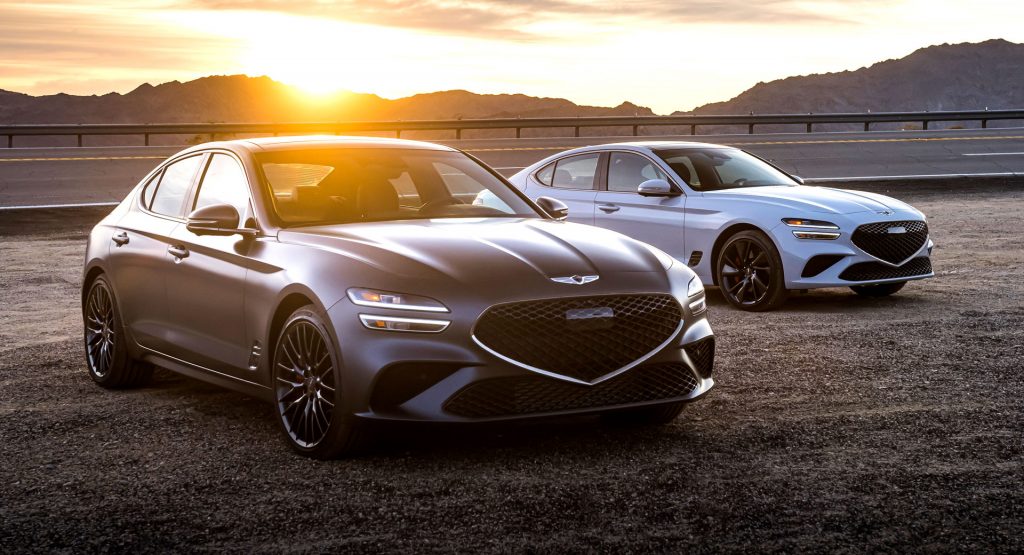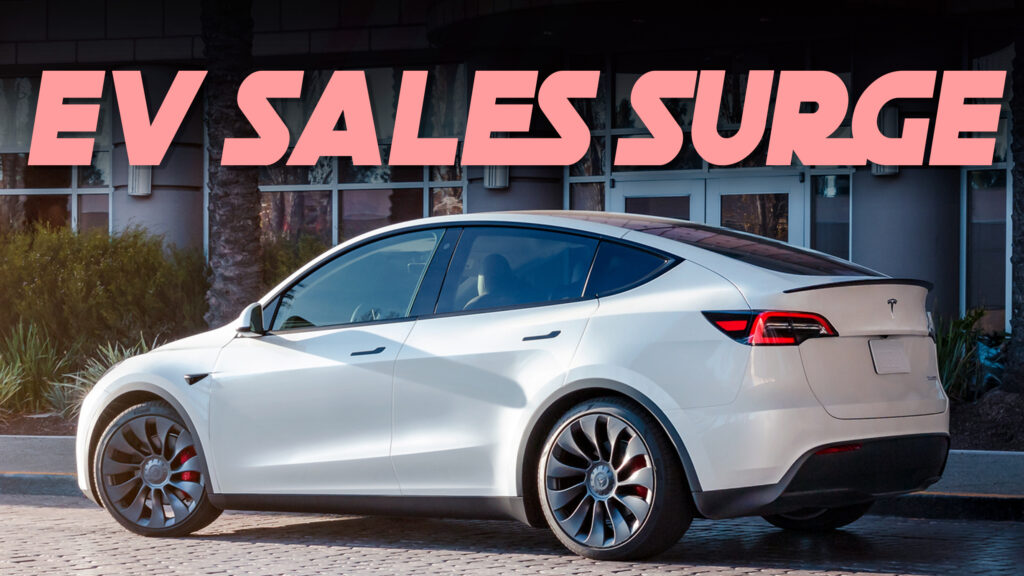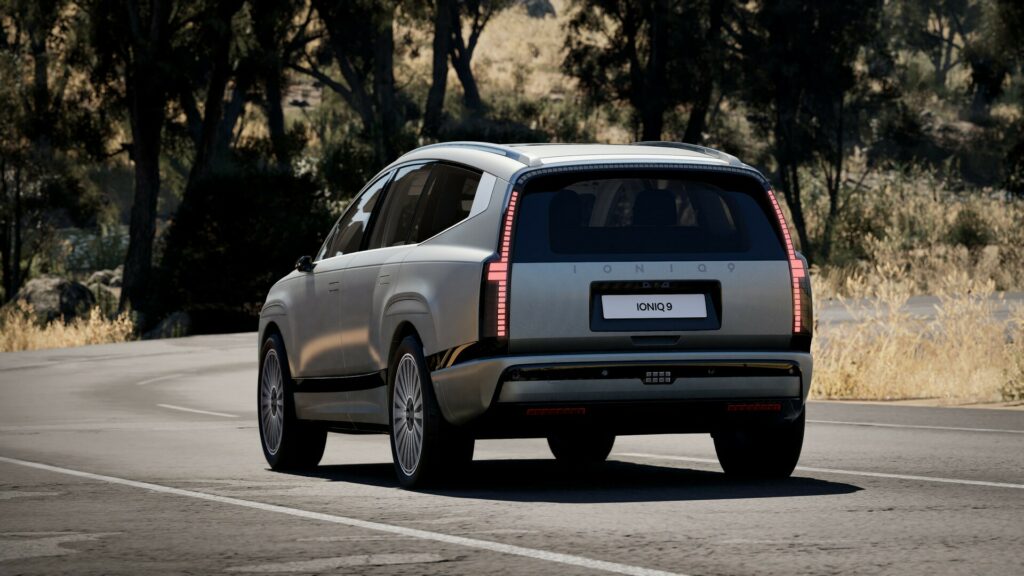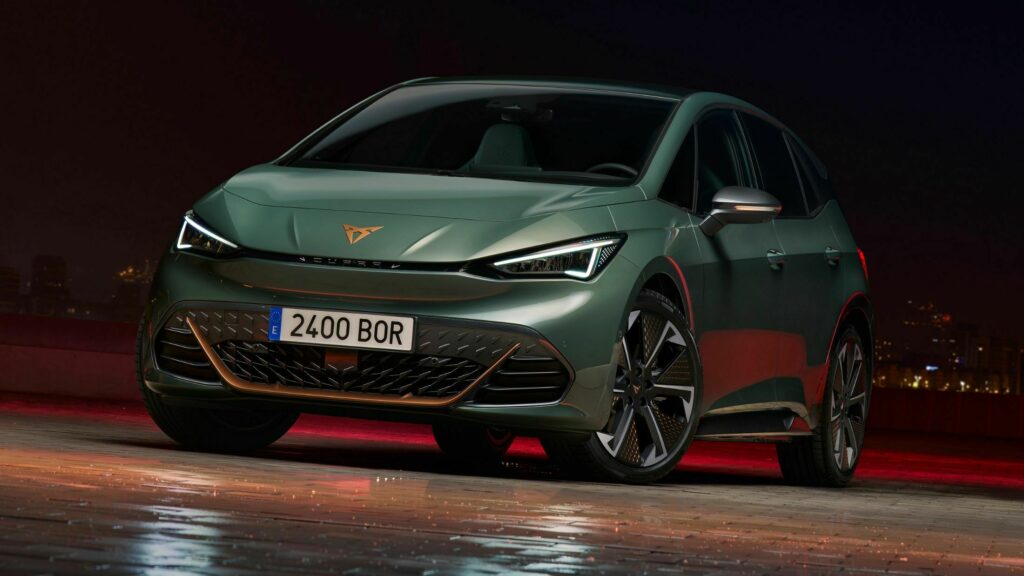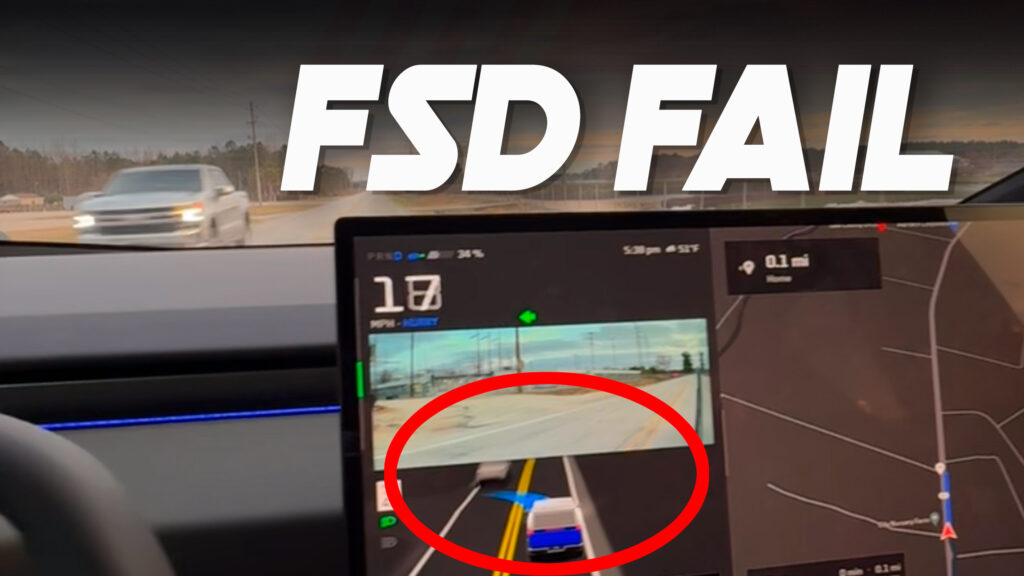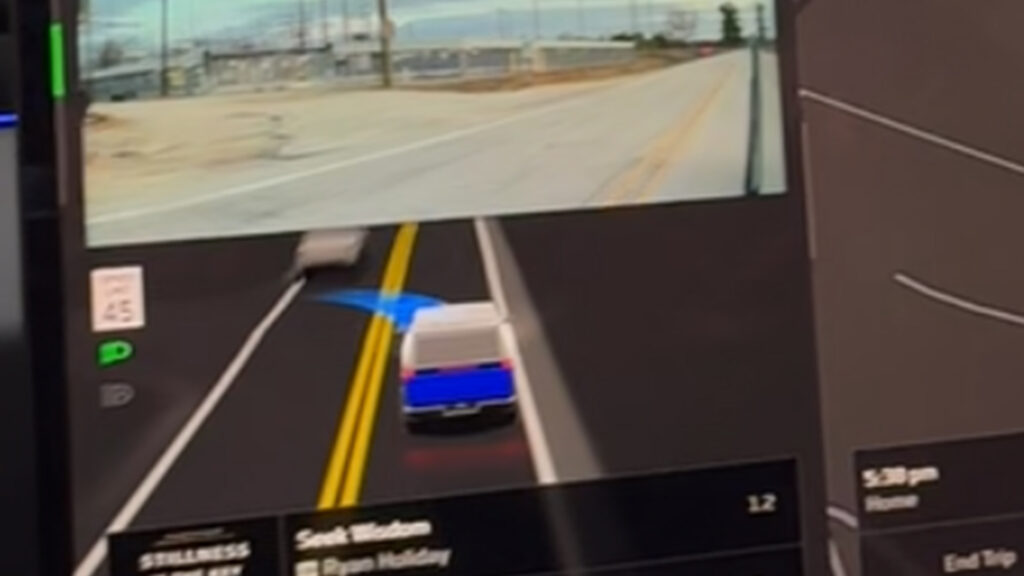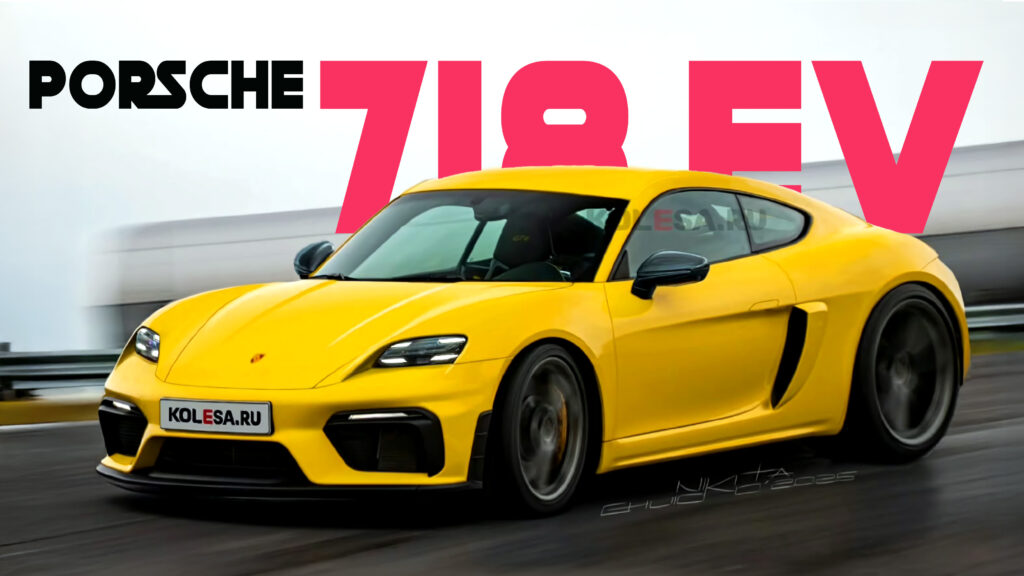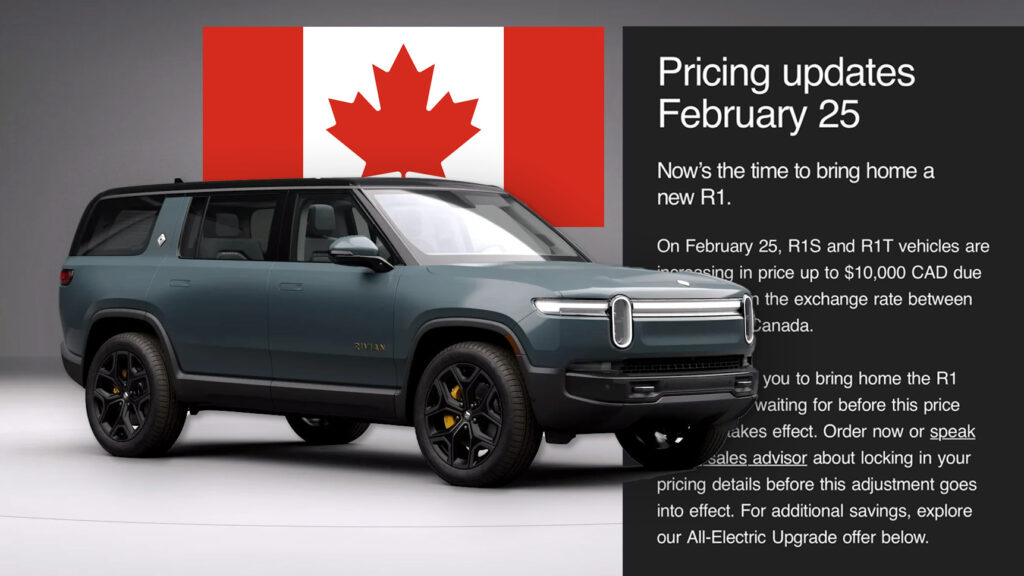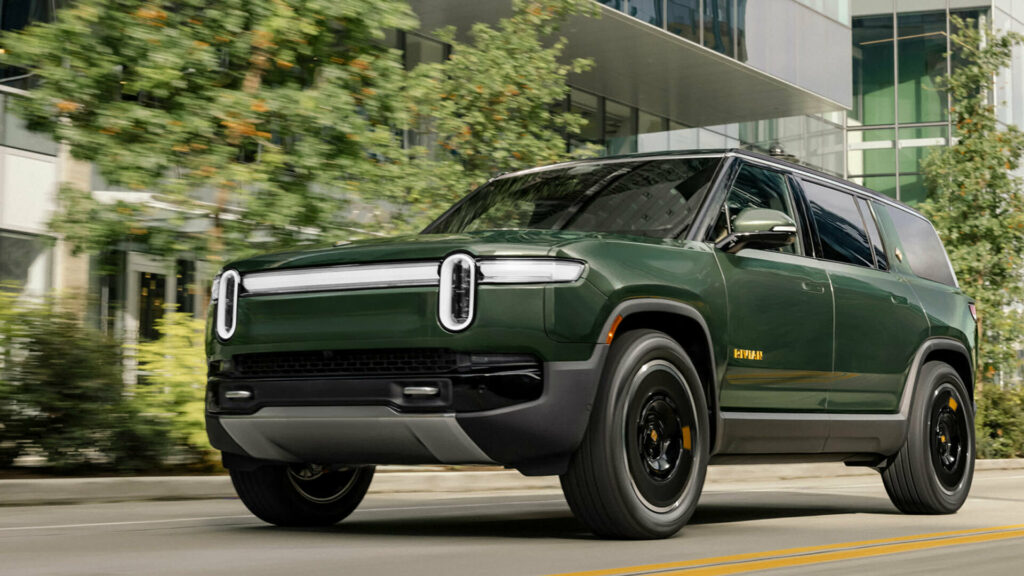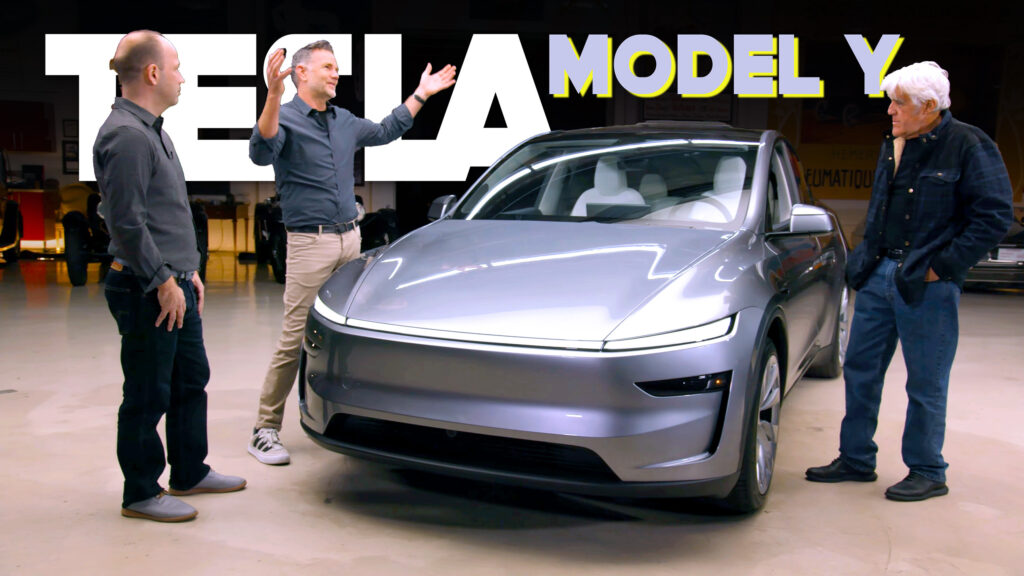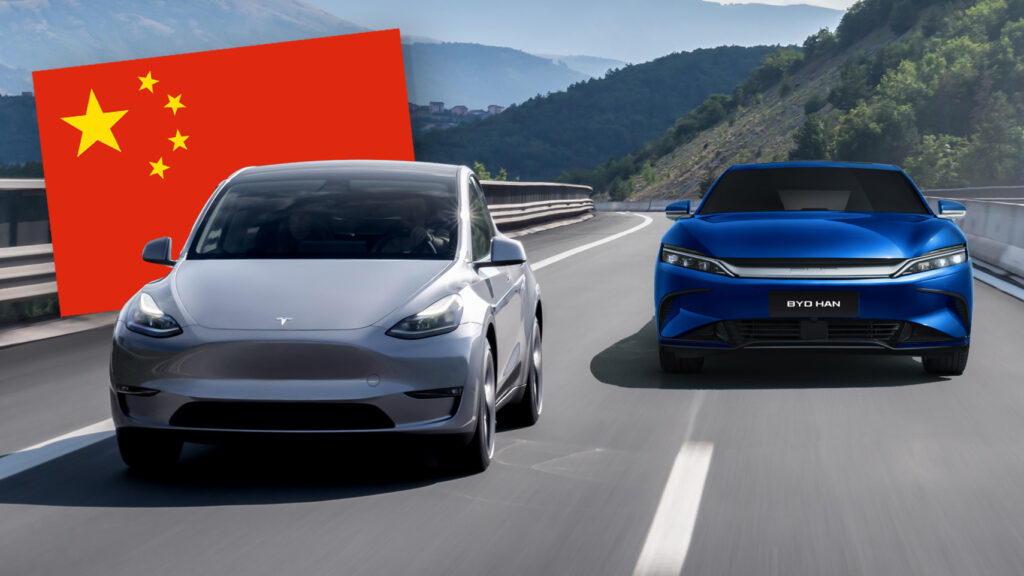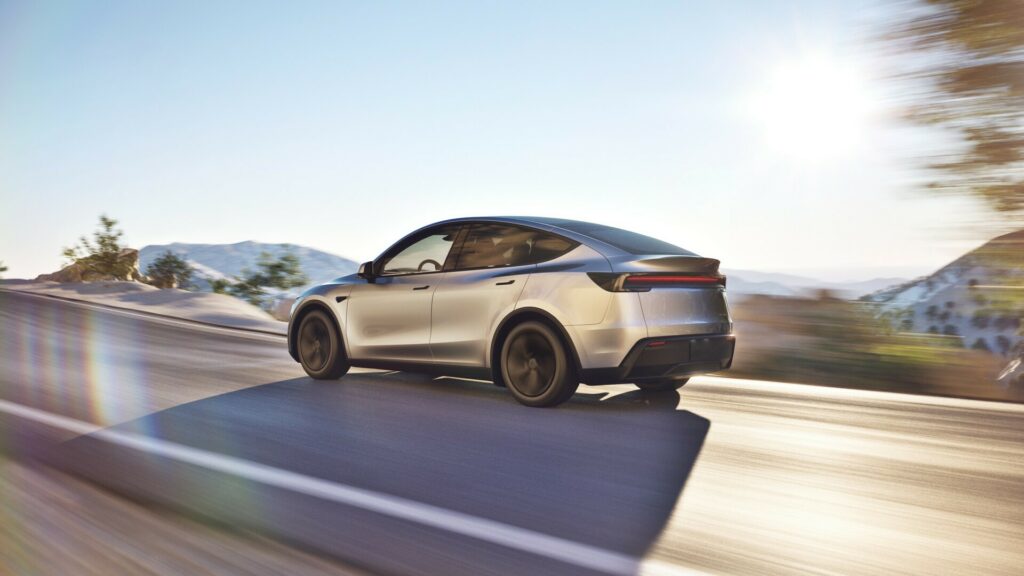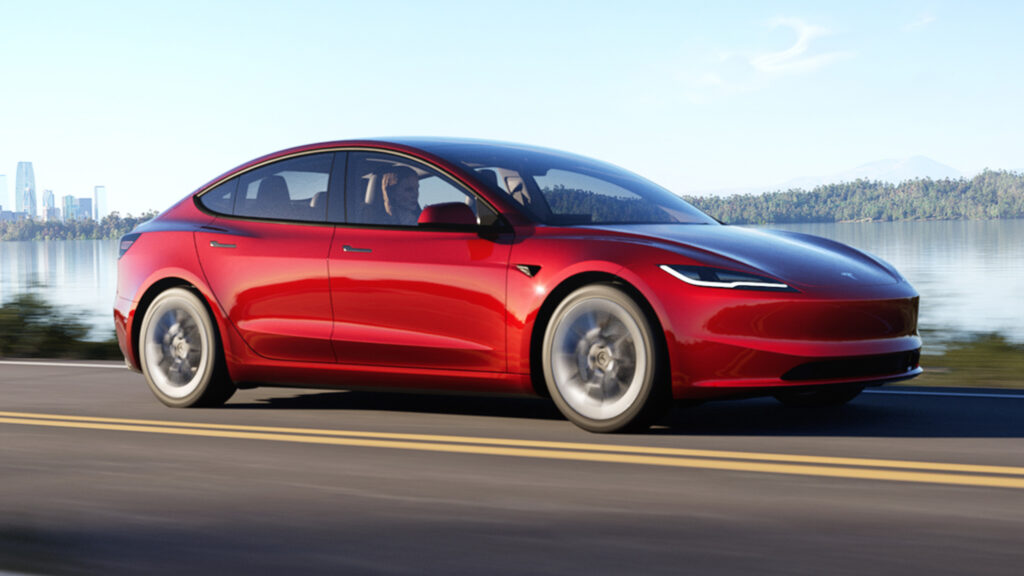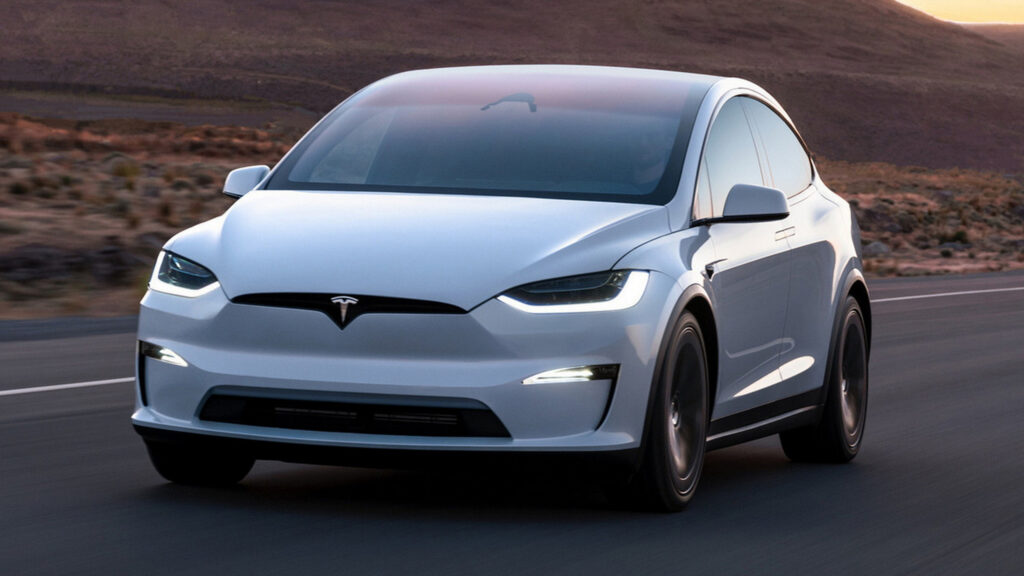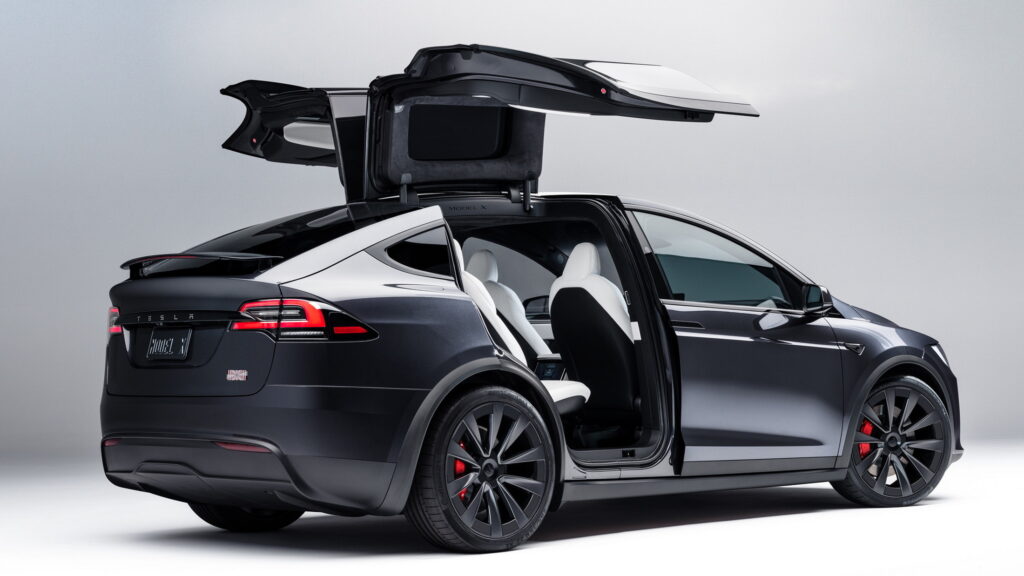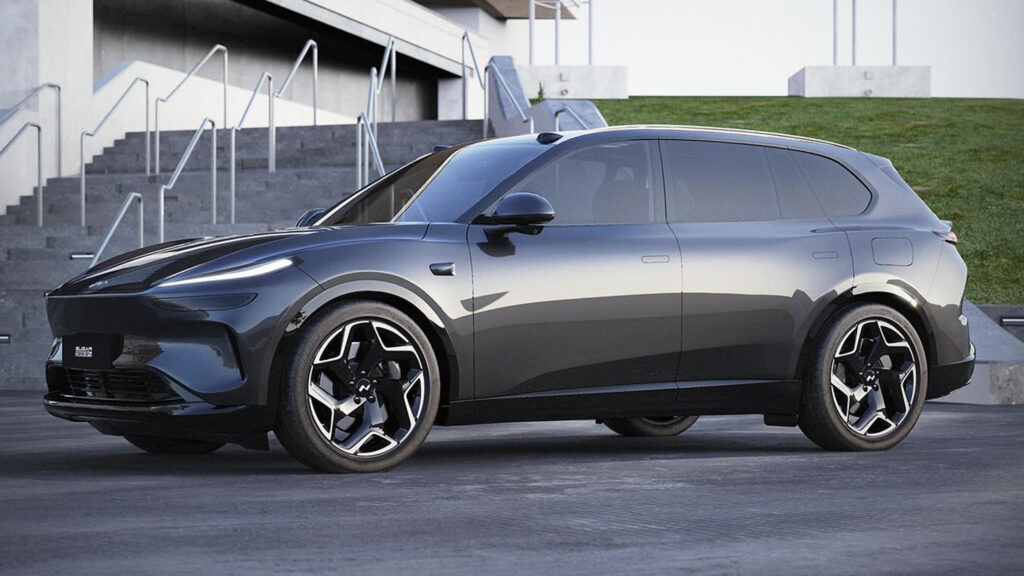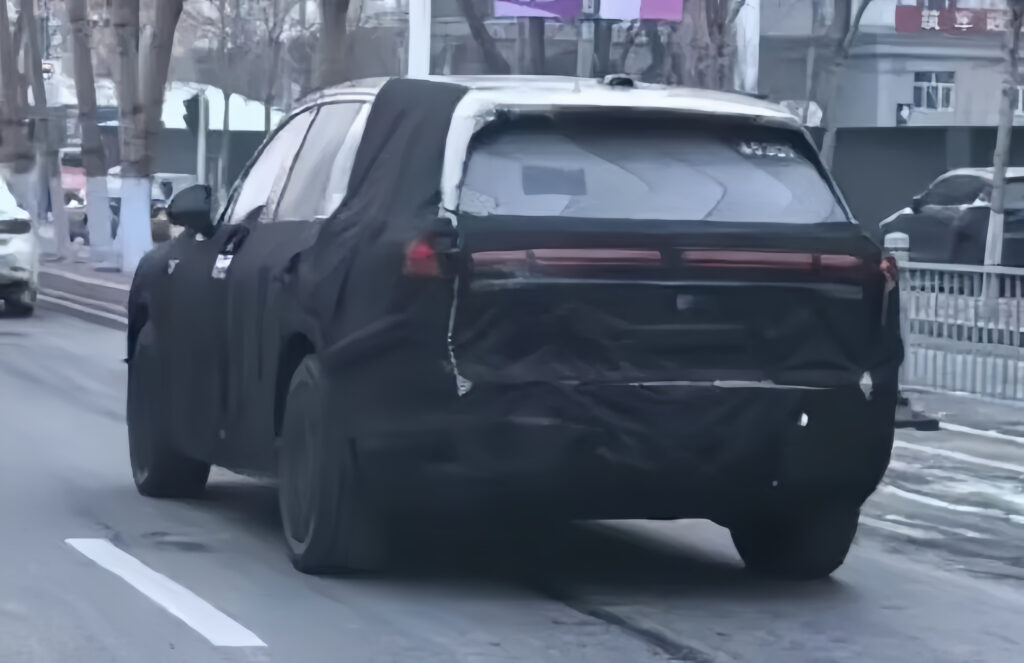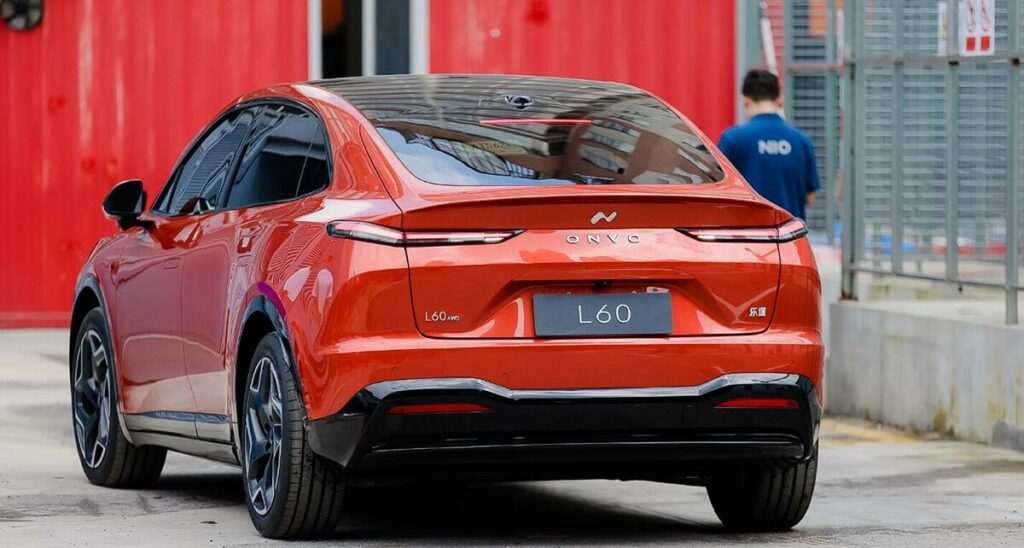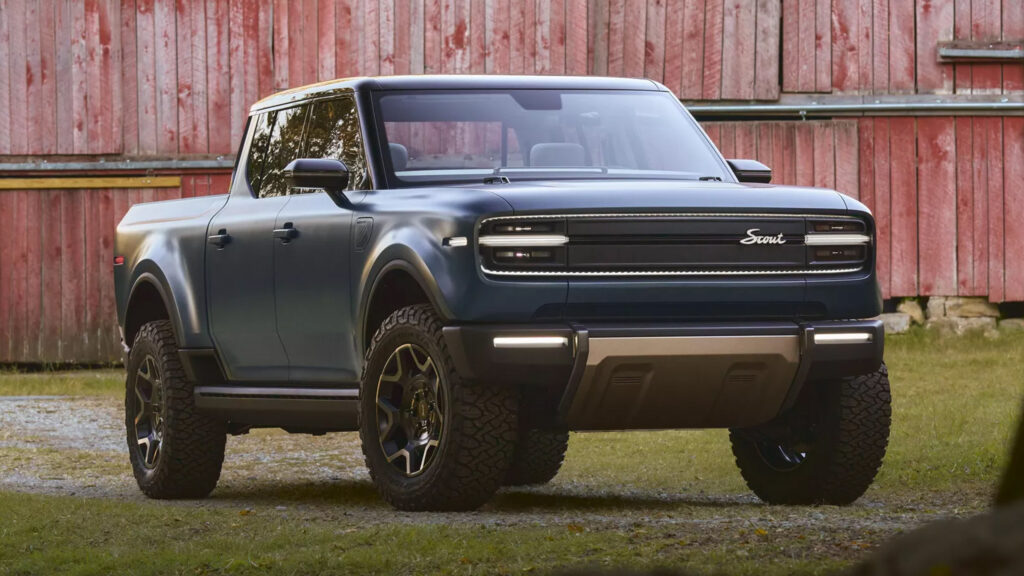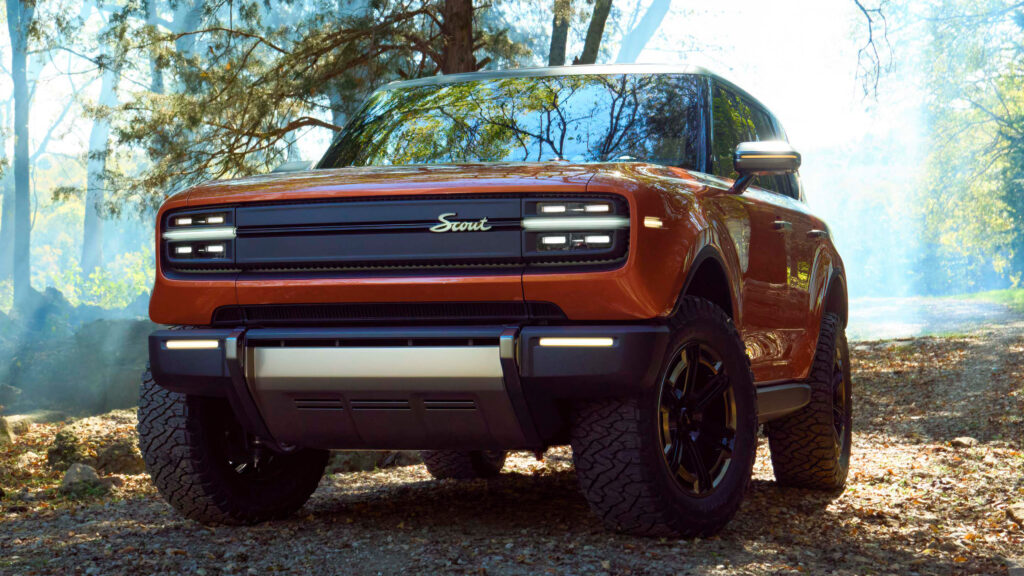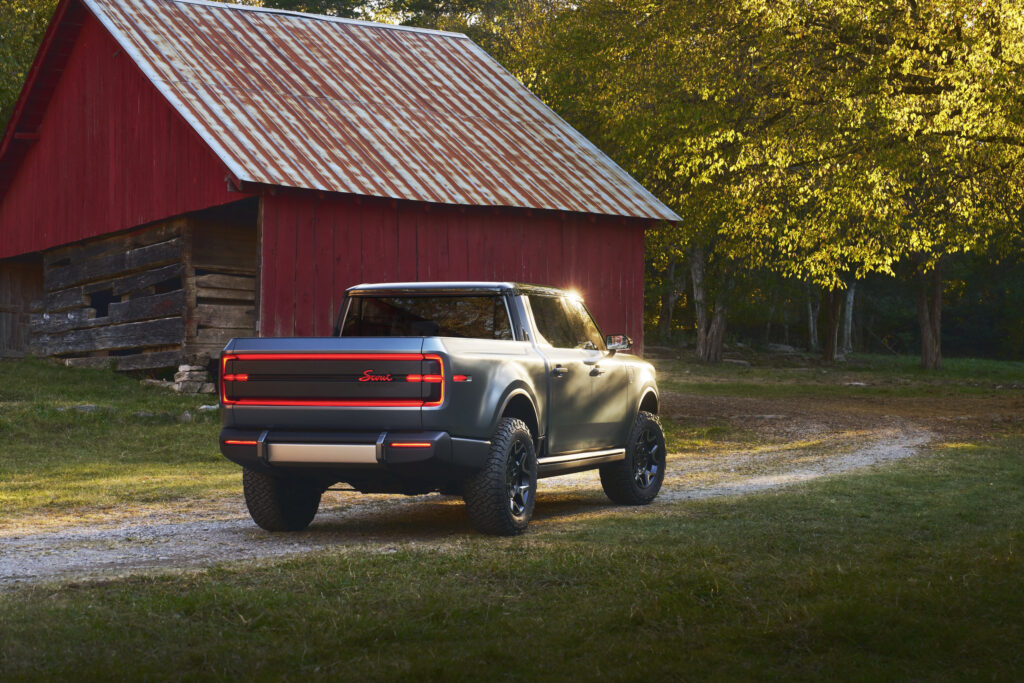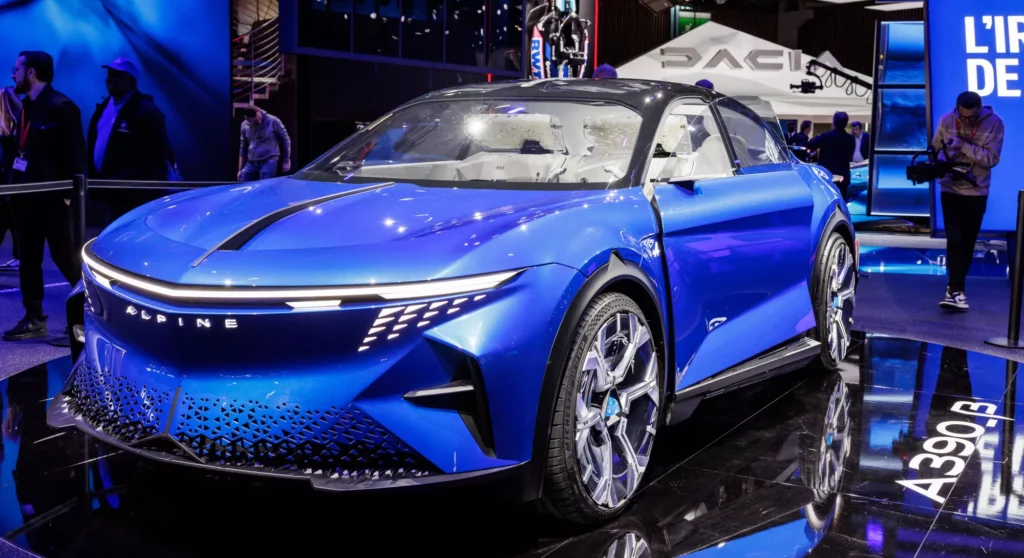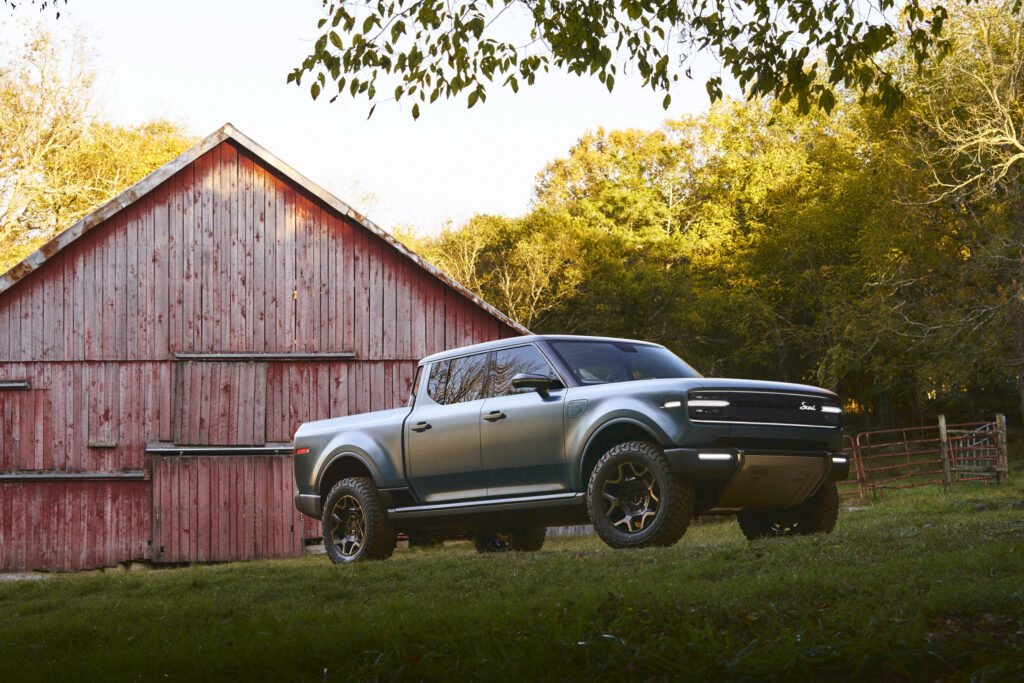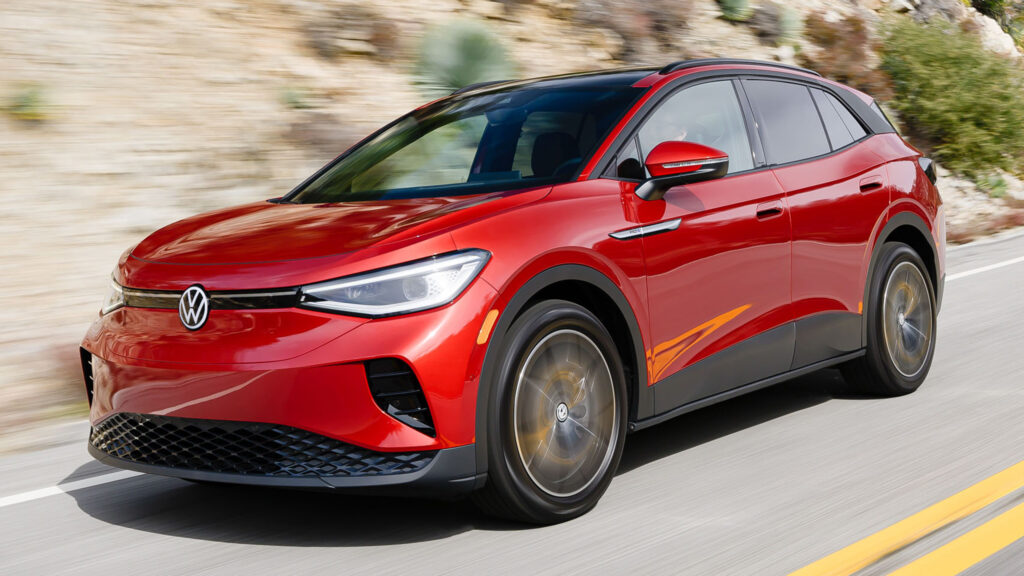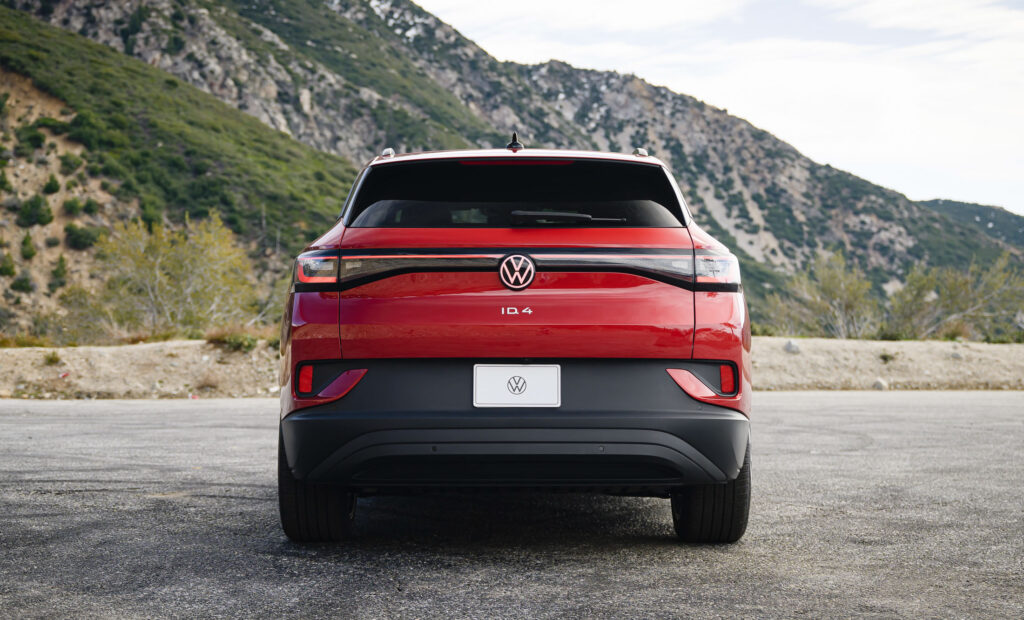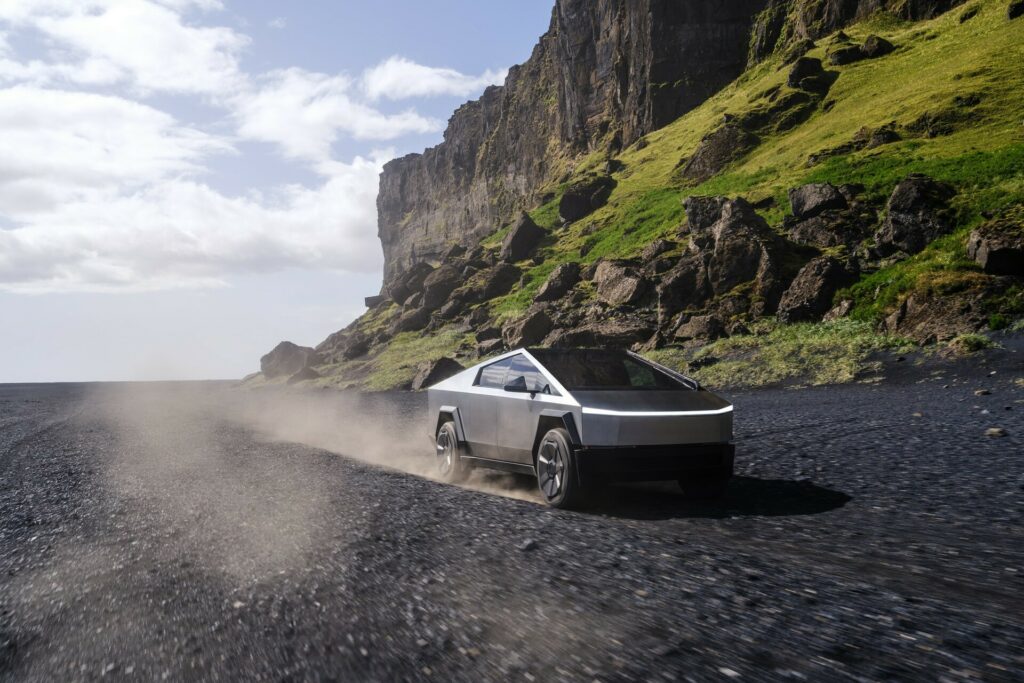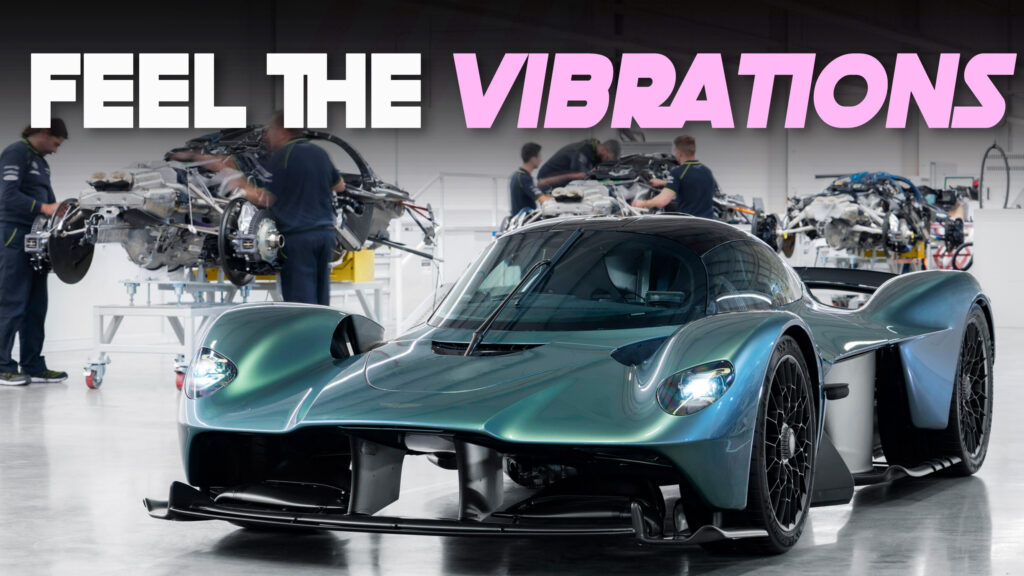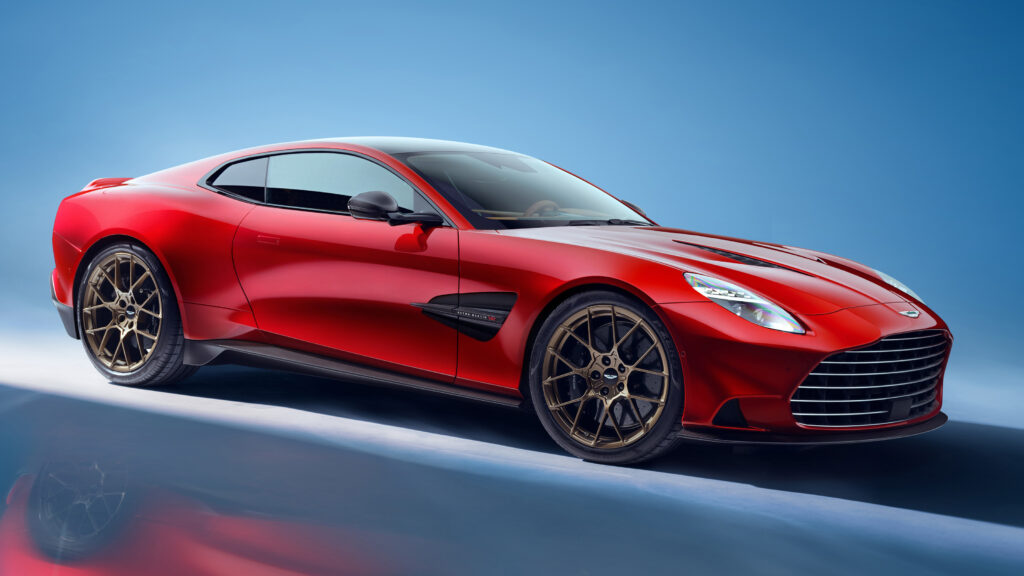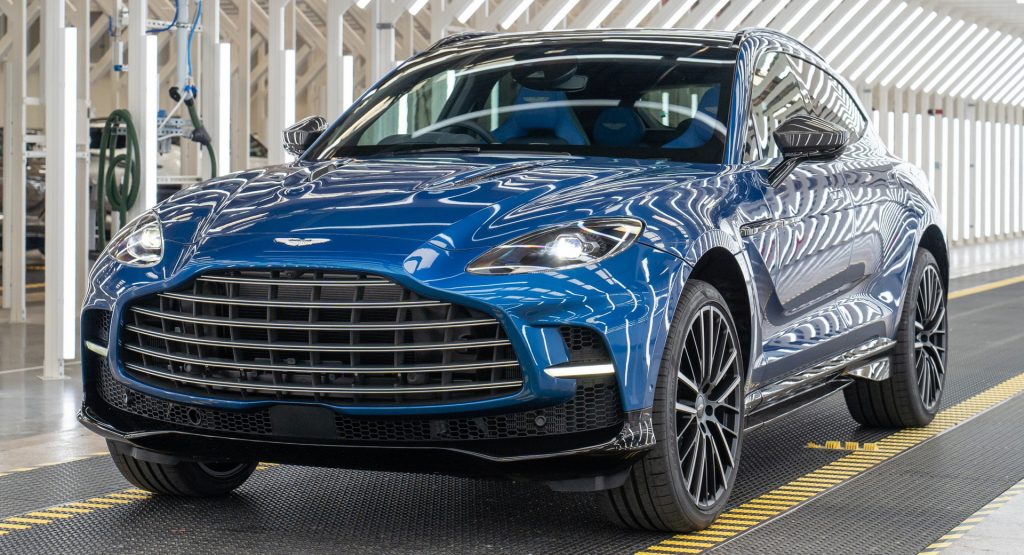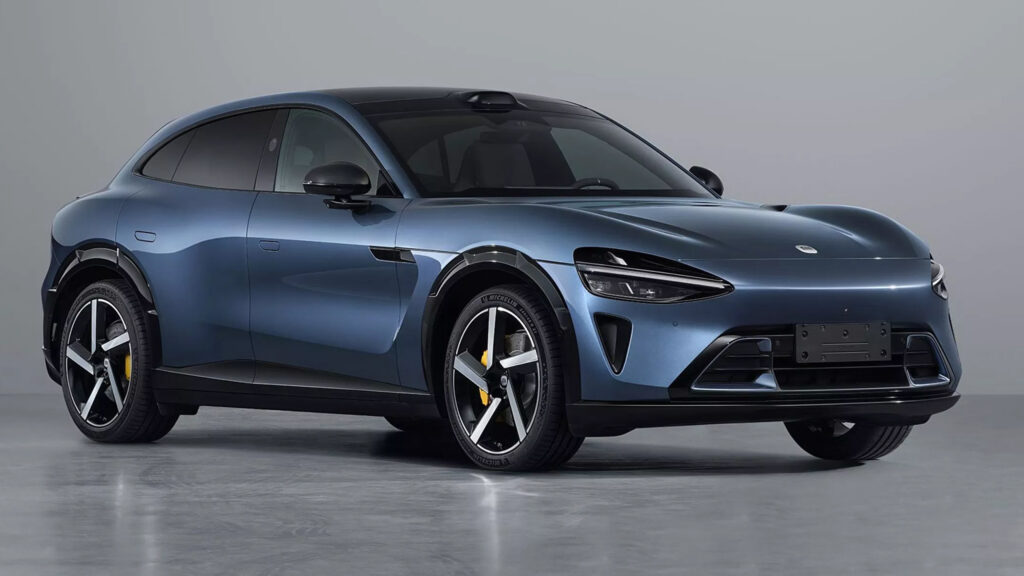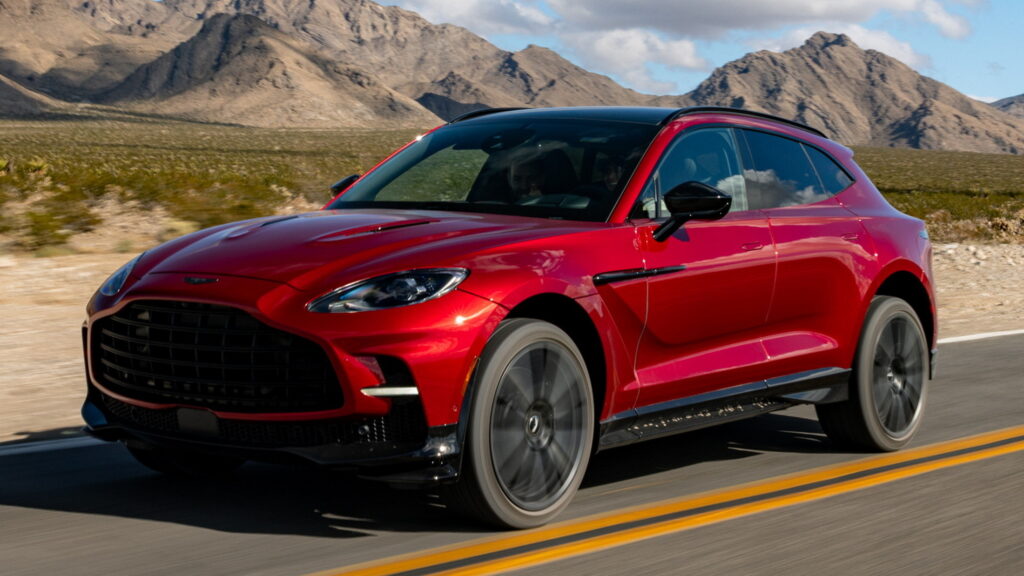Genesis Is Perfecting The GV60 Magma, Benchmarks It Against Hyundai Ioniq 5 N And Porsche Taycan
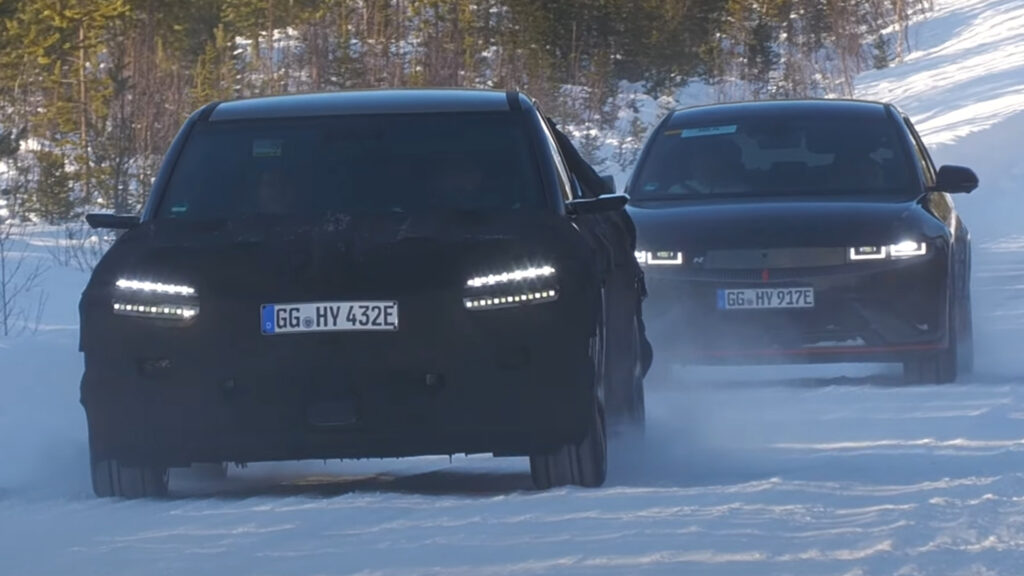
- A host of visual updates will make the crossover stand out from the regular GV60.
- It’s unclear if Genesis will use the same fake gear shifts as the Ioniq 5 N and EV6 GT.
- If the Magma combines the premium character of Genesis with the fun of the 5 N, it could be brilliant.
No longer satisfied with being the luxury brand within the Hyundai Motor Group, Genesis is venturing into the world of motorsport and working on several high-performance models through its new Magma sub-brand. The first of these models will be the GV60 Magma and it’s just been filmed on the move during winter testing in Europe.
The pressure is on Genesis to ensure the GV60 Magma is exceptional. As you probably already know, the GV60 shares its underpinnings with both the Kia EV6 and Hyundai Ioniq 5, and both of these have received high-performance versions in the form of the EV6 GT and Ioniq 5 N. Fittingly, Genesis has brought along an Ioniq 5 N for this latest round of testing with the GV60 Magma, benchmarking it against Hyundai’s lauded EV.
Read: 2026 Genesis GV60 Magma Debuts This Fall With Over 640 HP
Much like the Ioniq 5 N, the GV60 Magma should use the latest 84 kWh battery pack introduced by the Hyundai and since added to the Kia EV6 range. It should also use the same upgraded front and rear electric motors as the Ioniq 5 N. Power details have yet to be confirmed, but the Hyundai delivers a peak of 641 hp, while the facelifted EV6 GT offers up 645 hp. The GV60 Magma should at least match them.
Performance should be extraordinary. The Ioniq 5 N needs just 3.4 seconds to run to 62 mph (100 km/h), and the Genesis should be around the same. Then there’s the matter of synthetic gear shifts. Will the GV60 Magma get them or not? This system was first launched in the Hyundai and received praise from driving enthusiasts around the world. It was then added to the updated EV6 GT late last year. We suspect the Genesis will have the same system, too, adding some extra driving involvement into the EV experience.
It’s not just the Hyundai that Genesis is testing its new flagship EV against. This clip also shows that a Porsche Taycan joined the Magma, alongside a second prototype that looks suspiciously like the soon to be unveiled Hyundai Ioniq 6 N.
